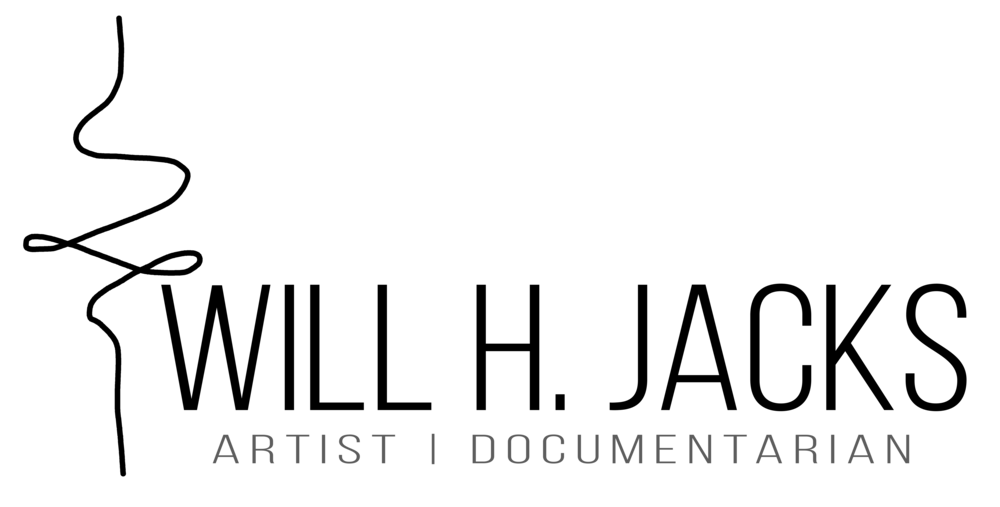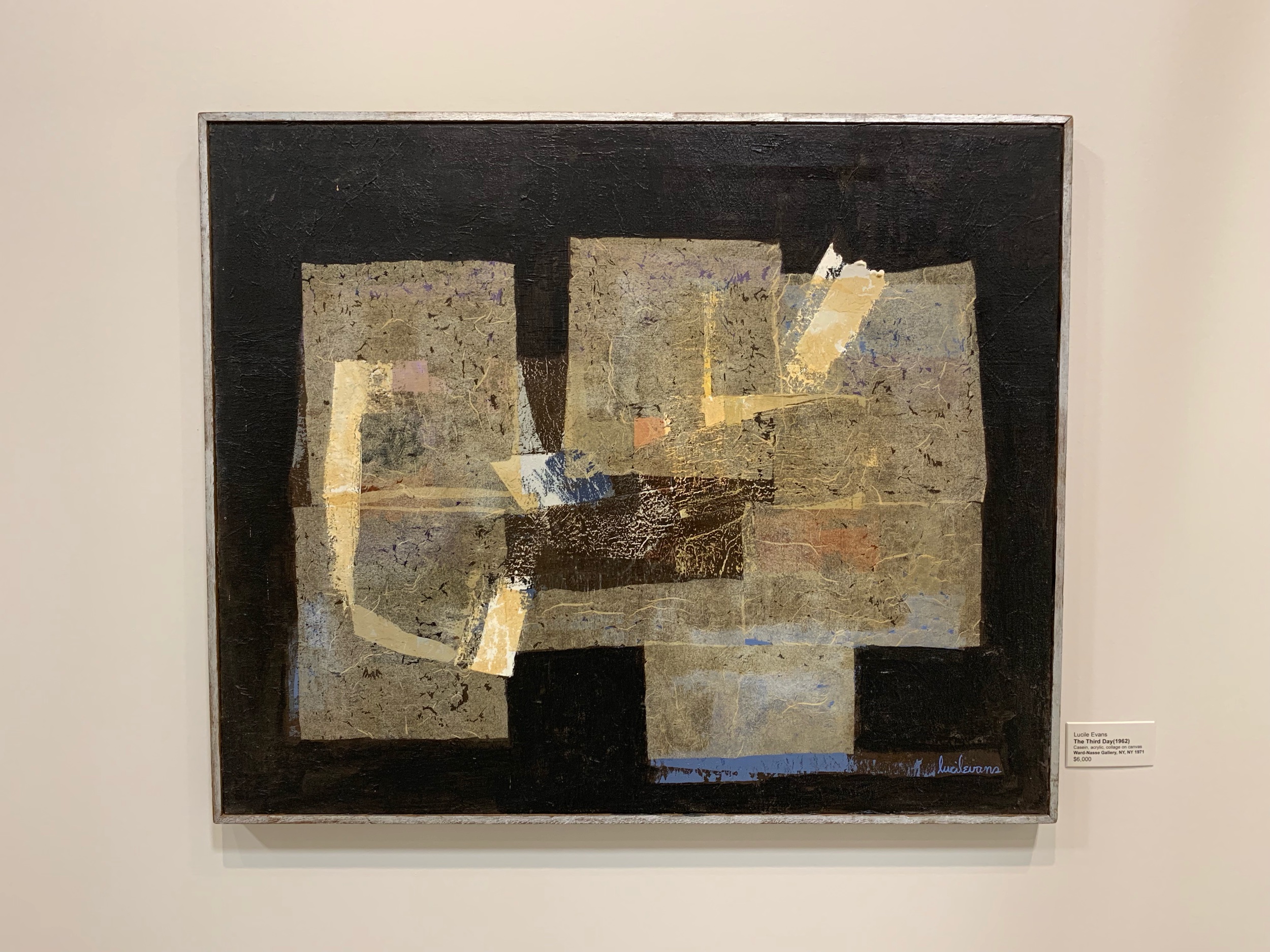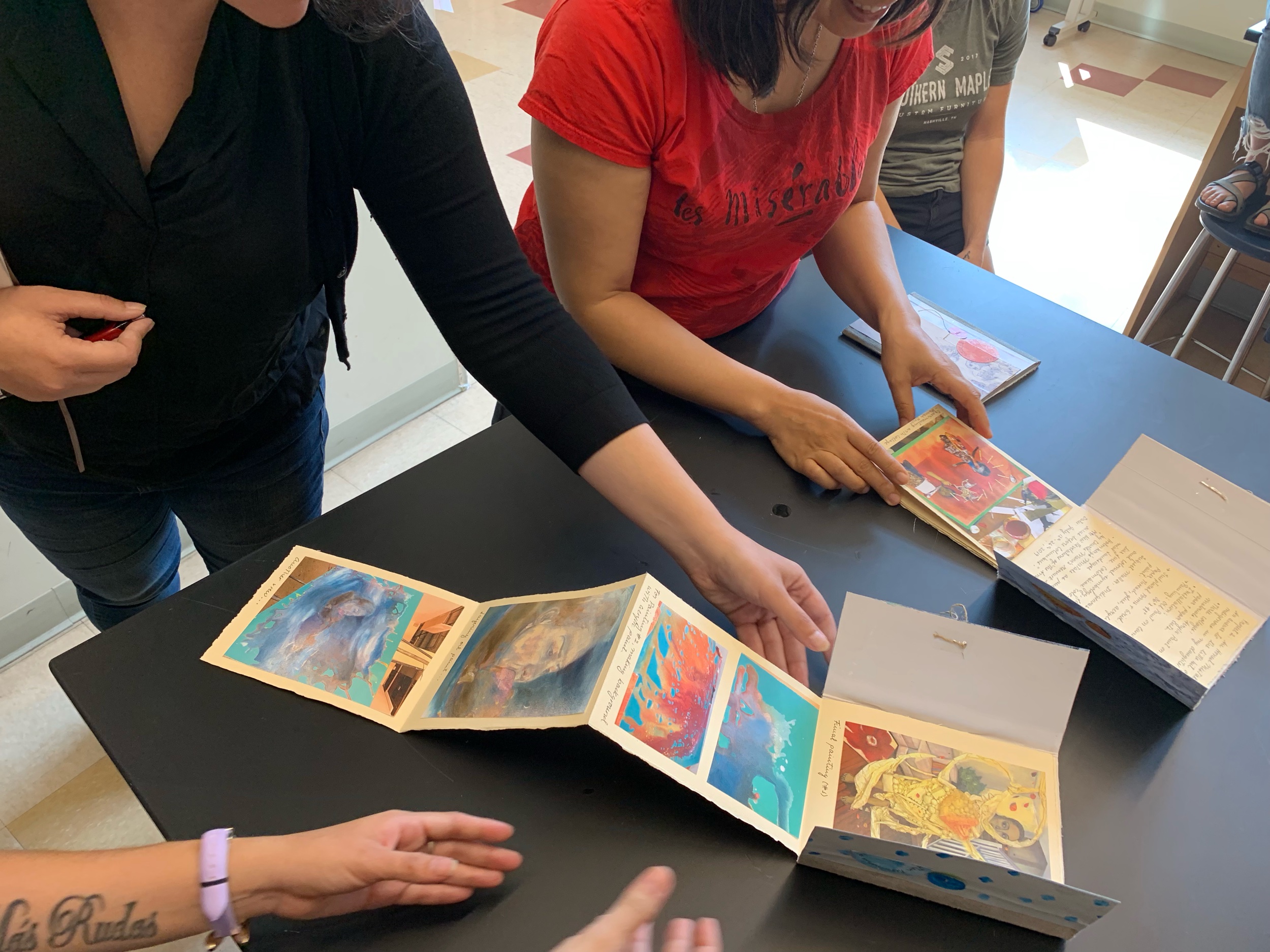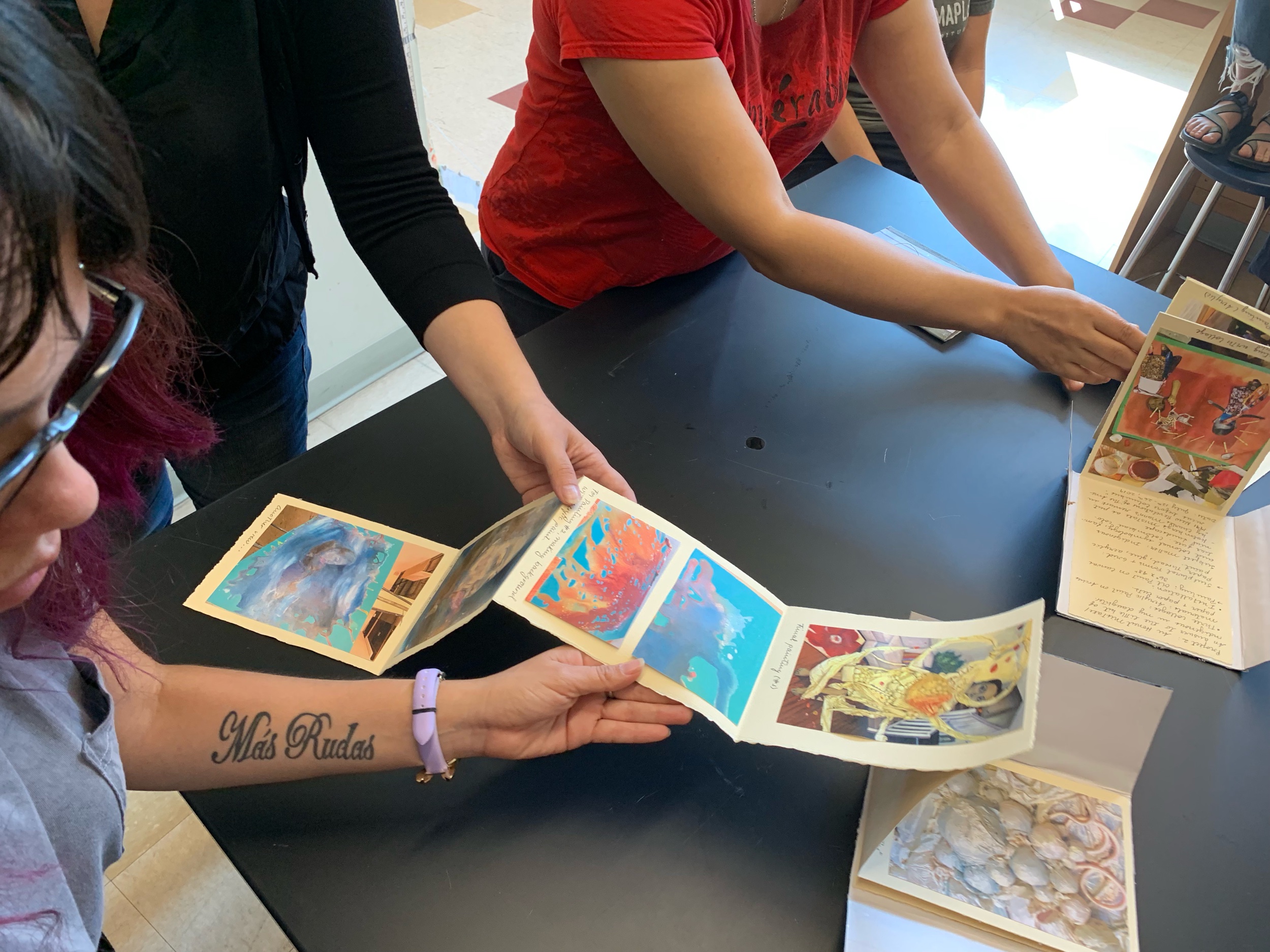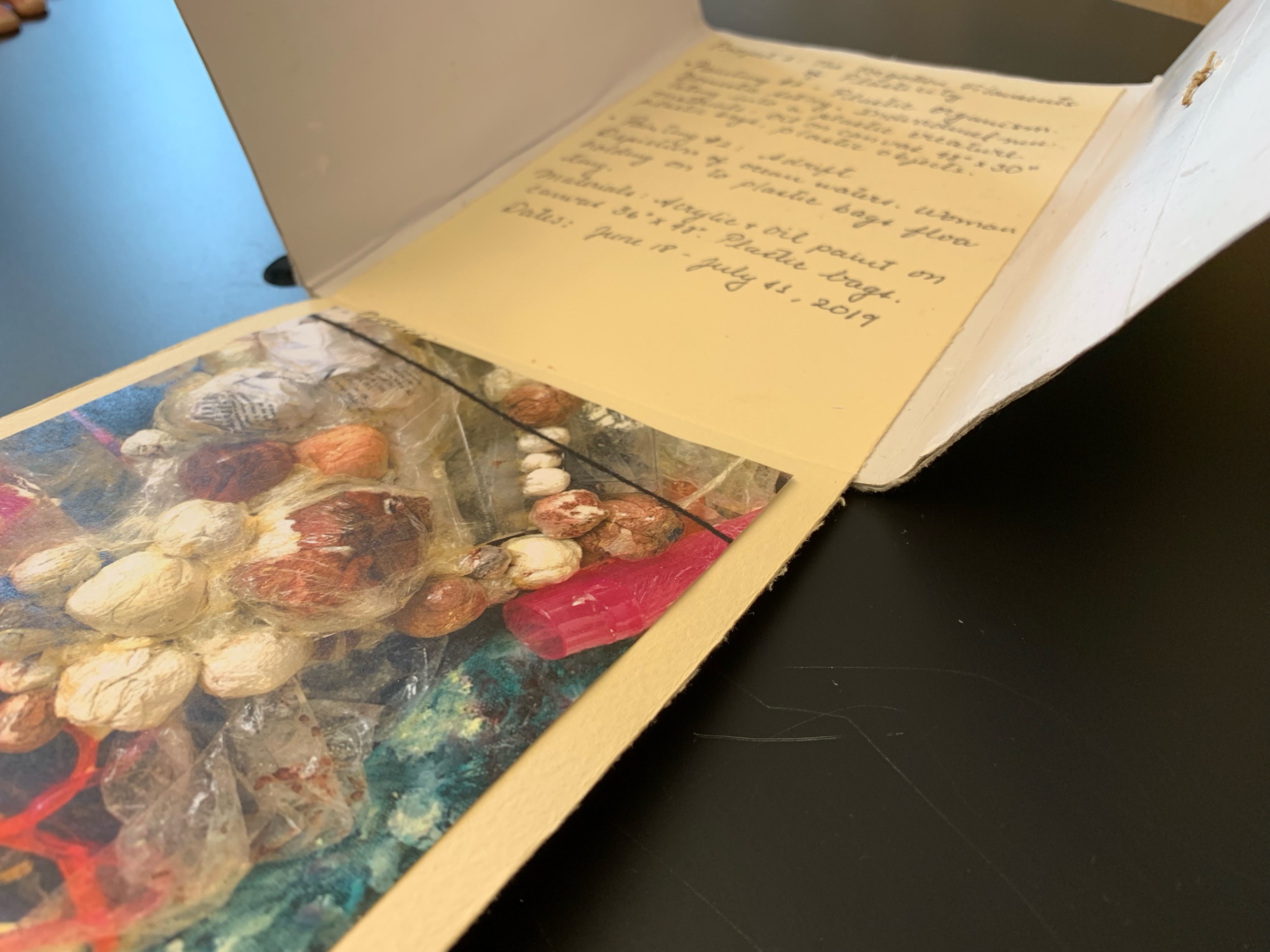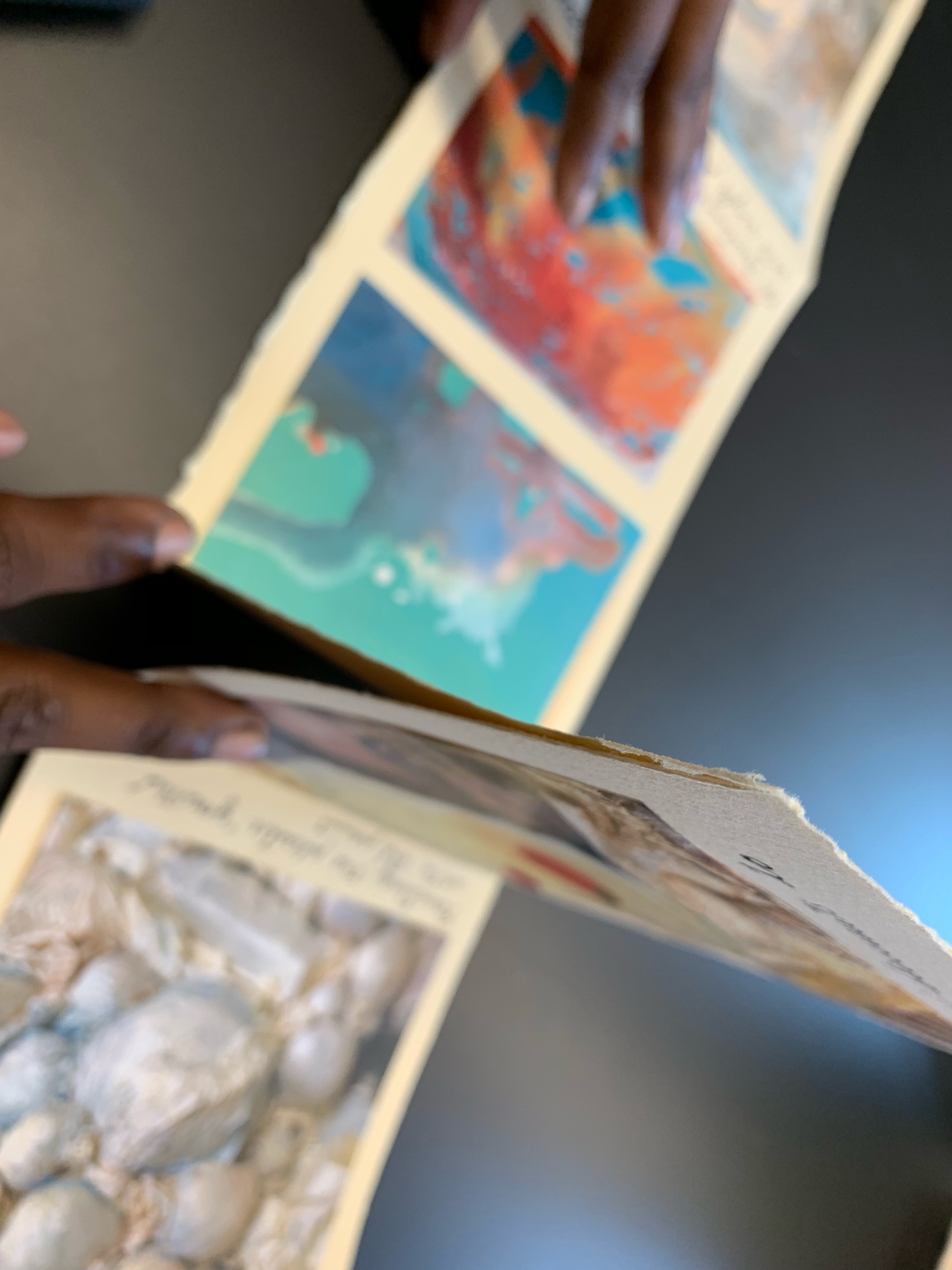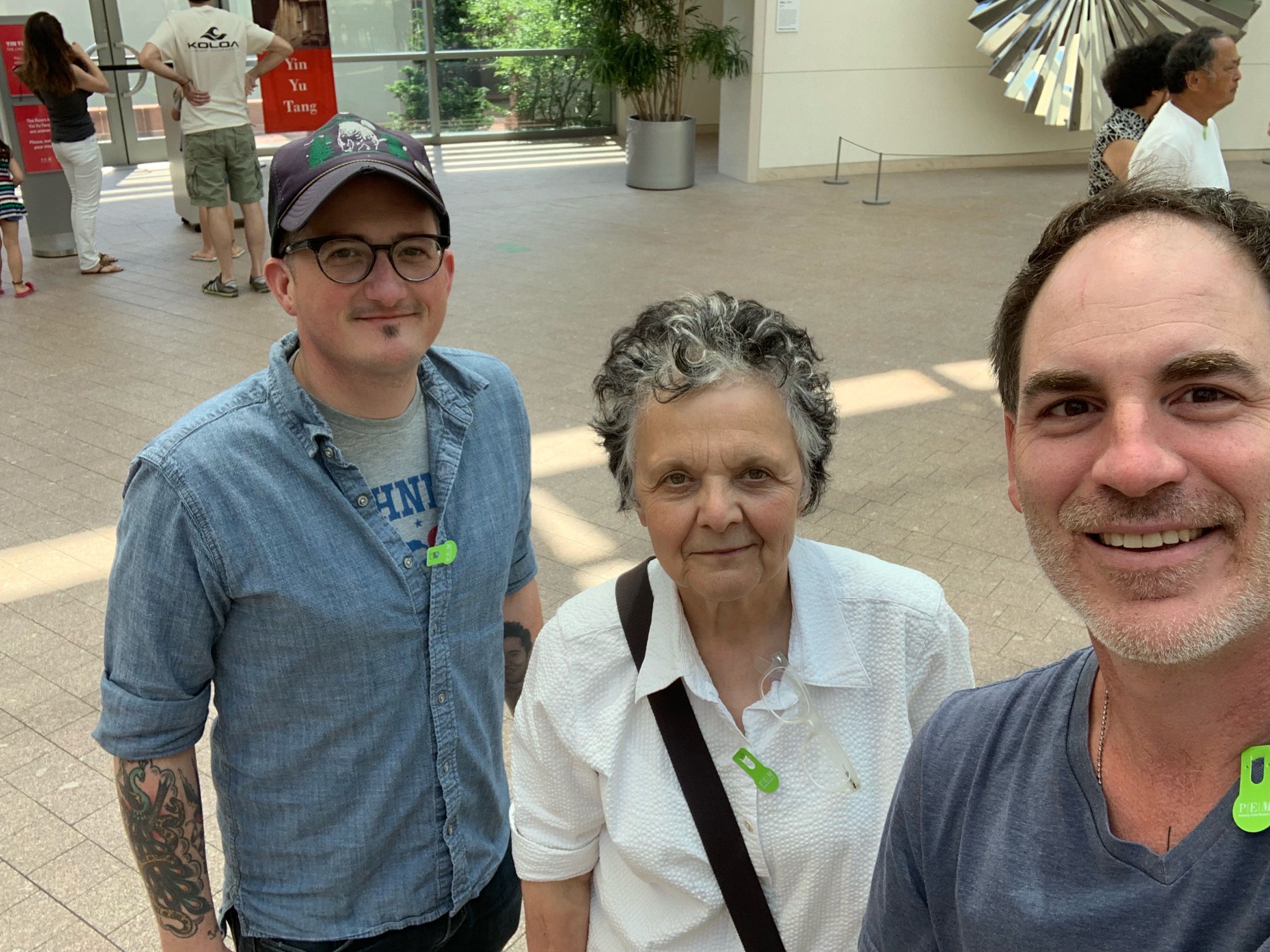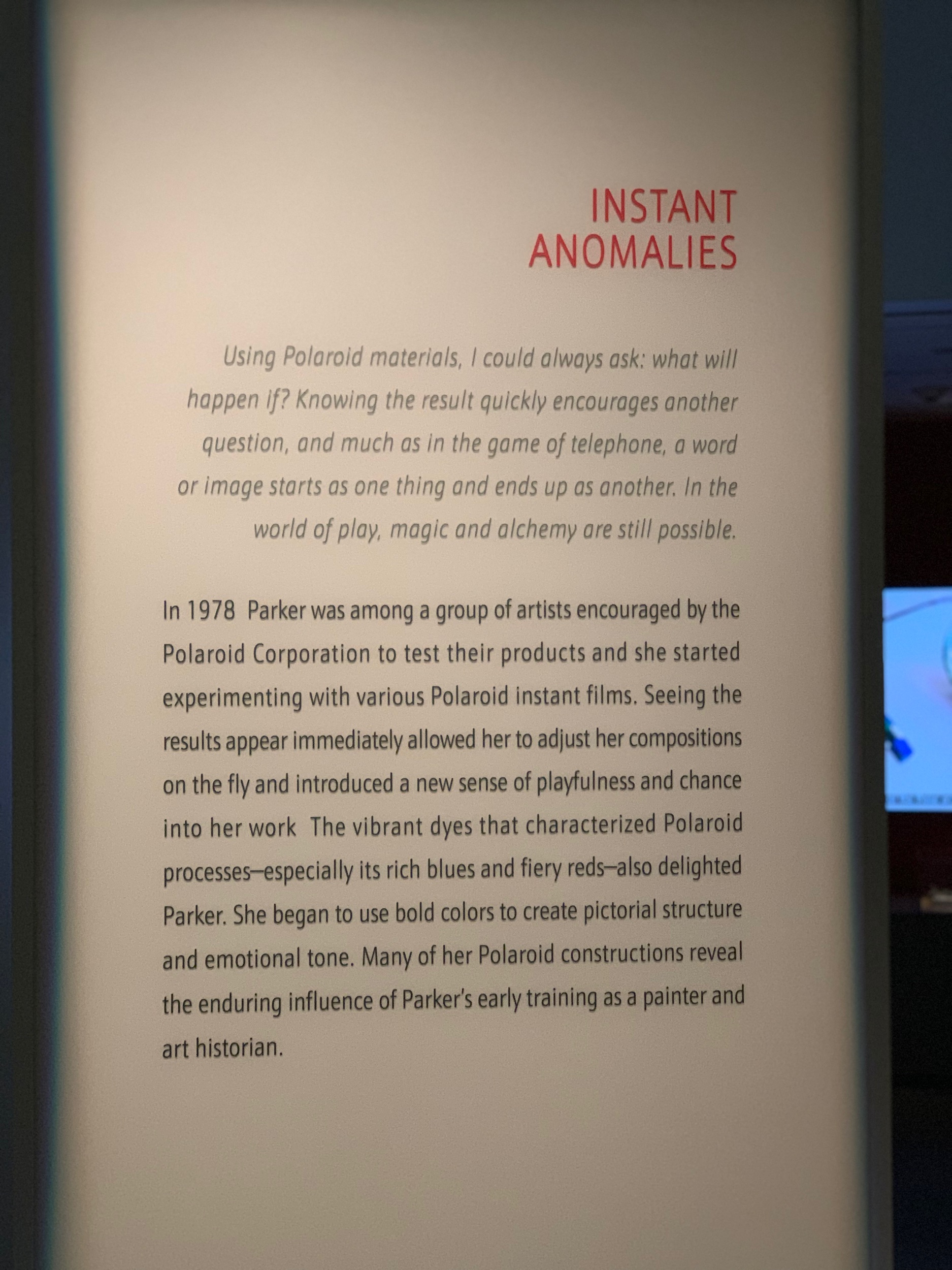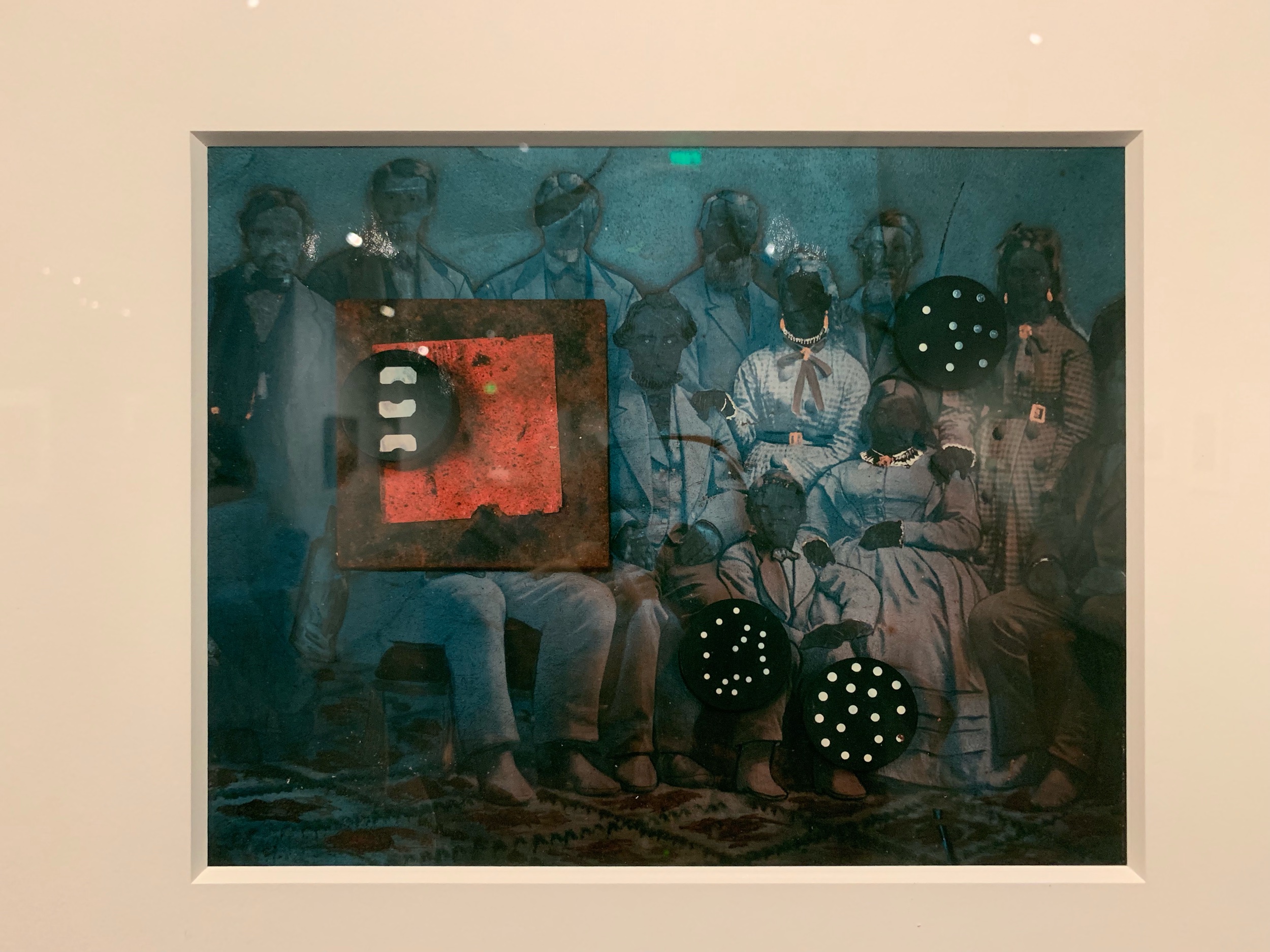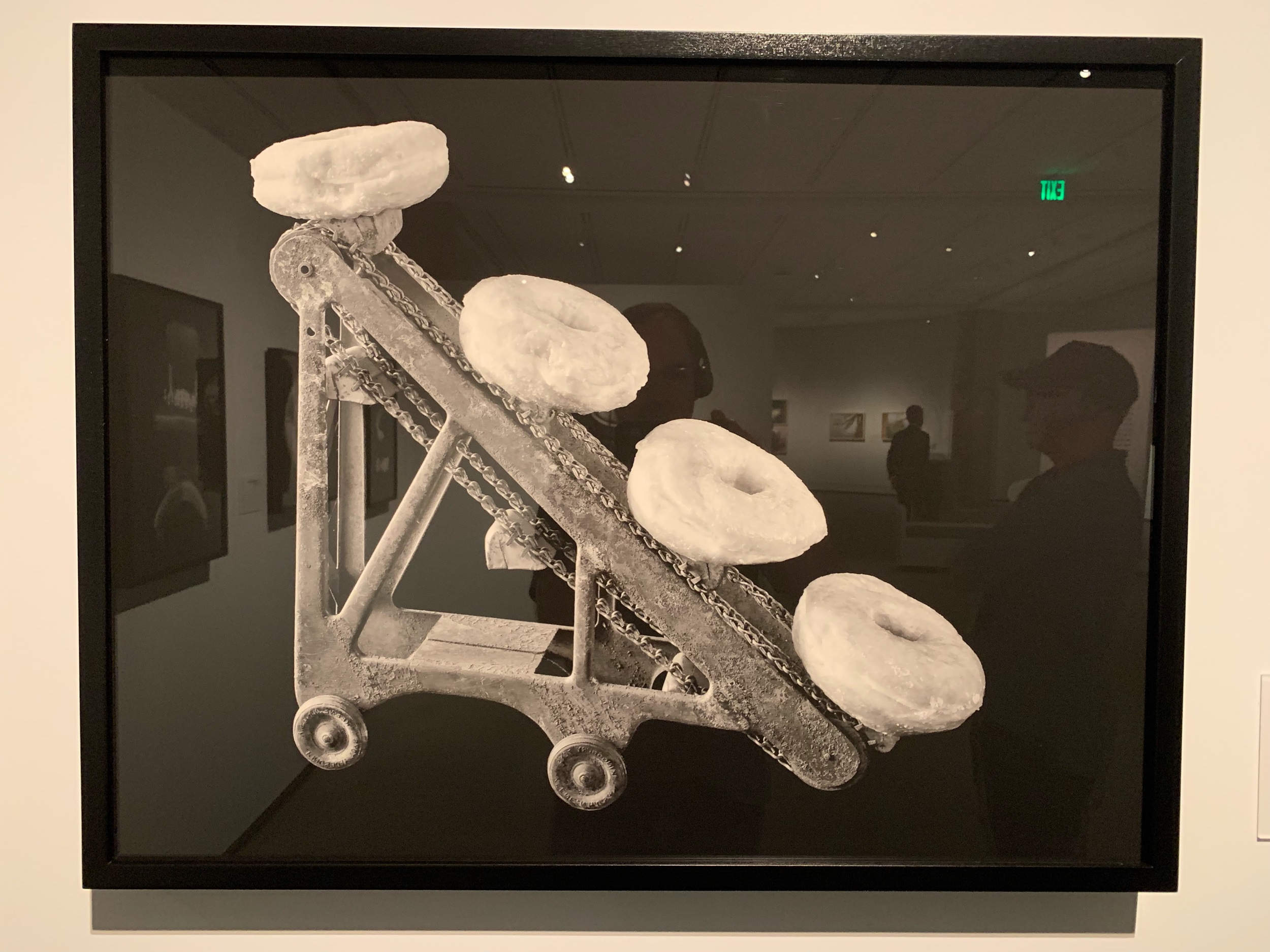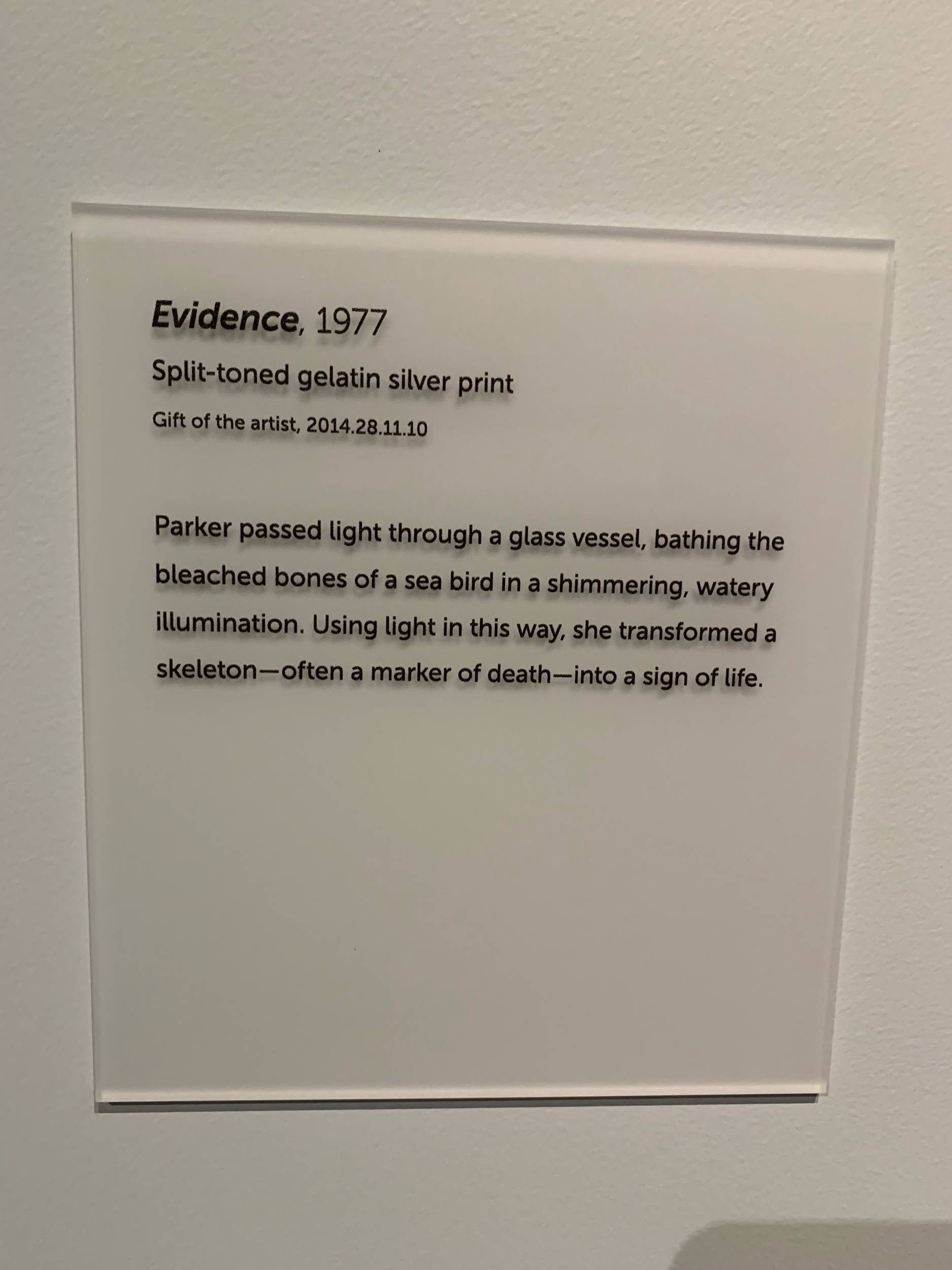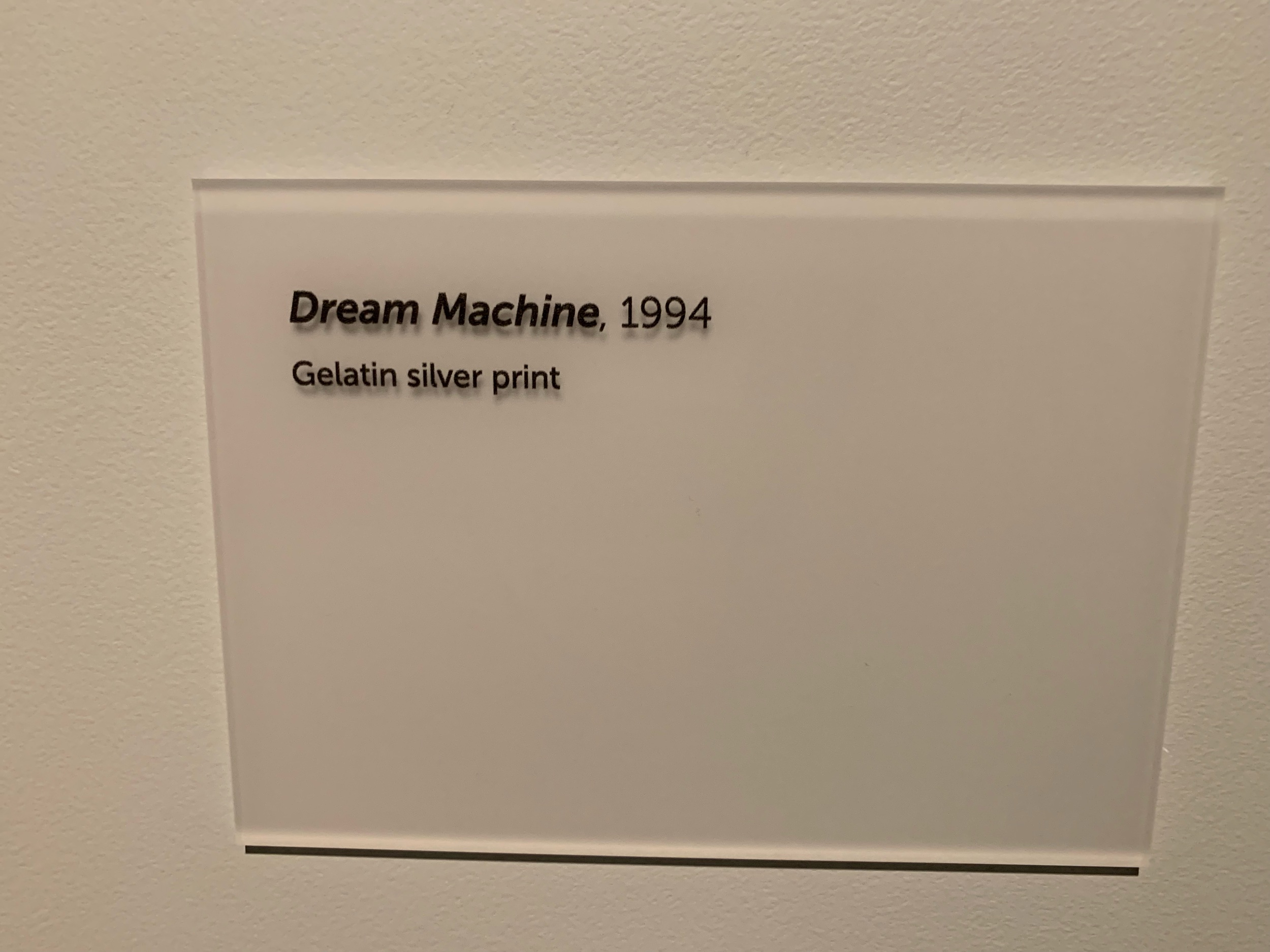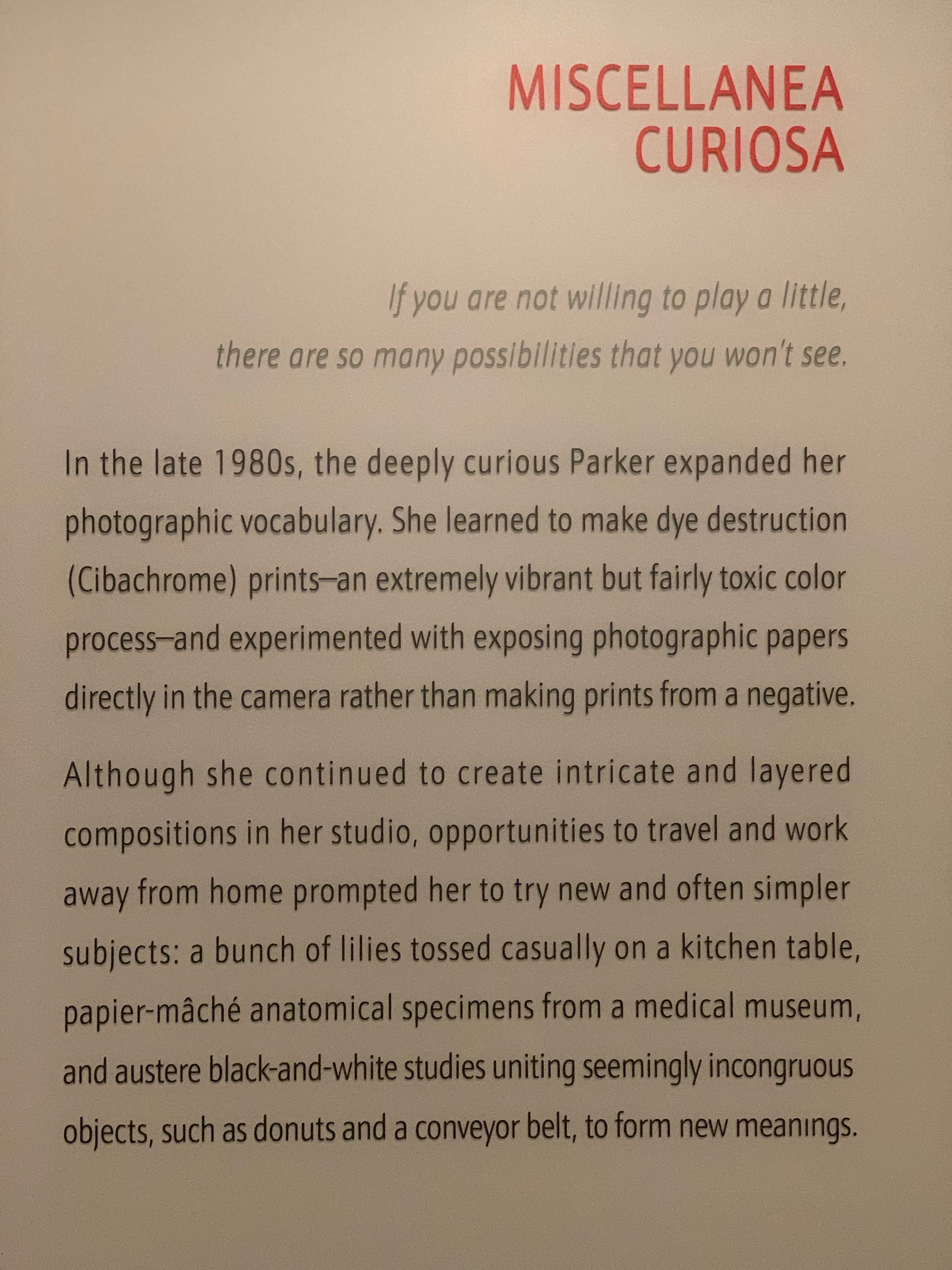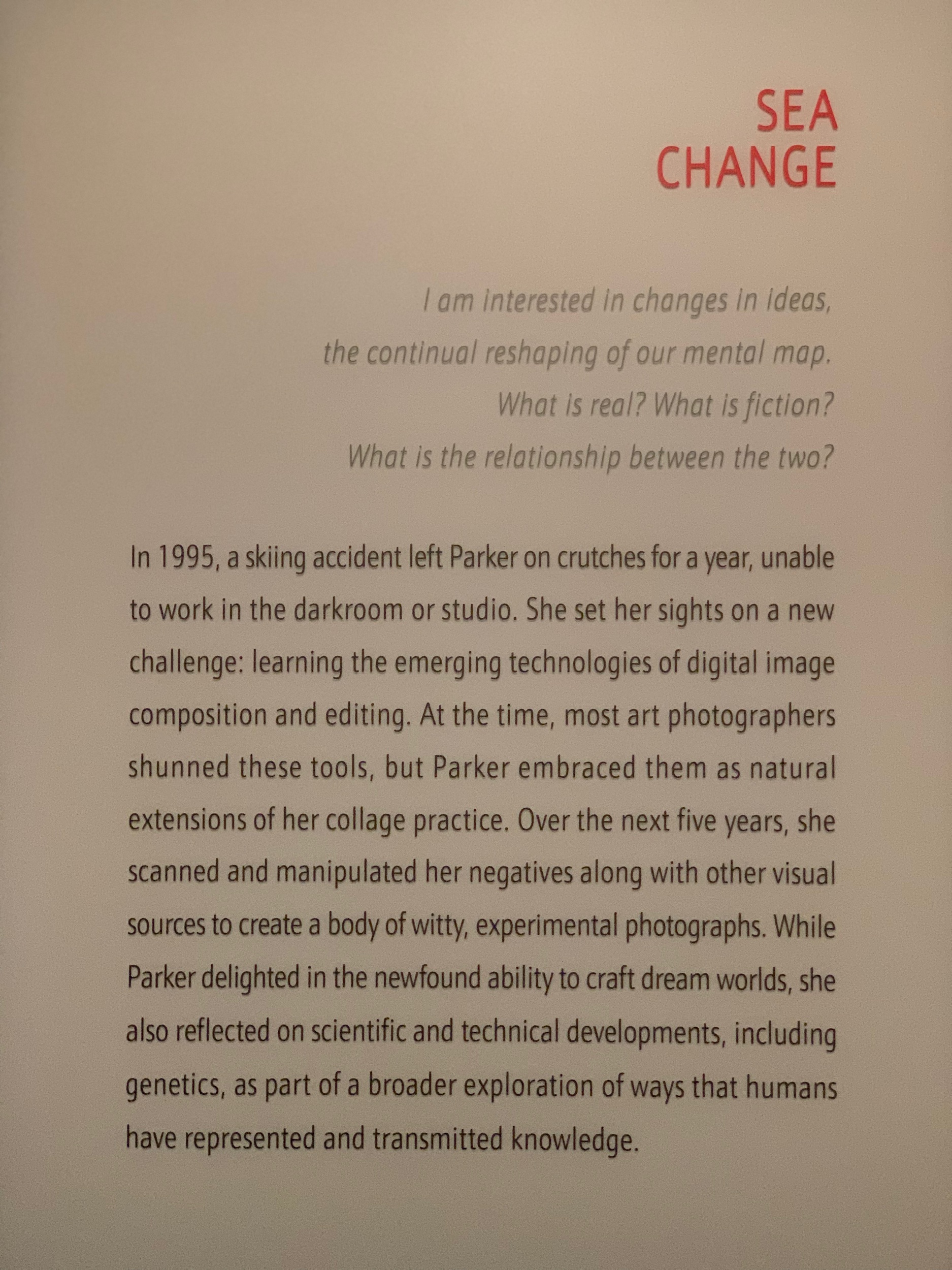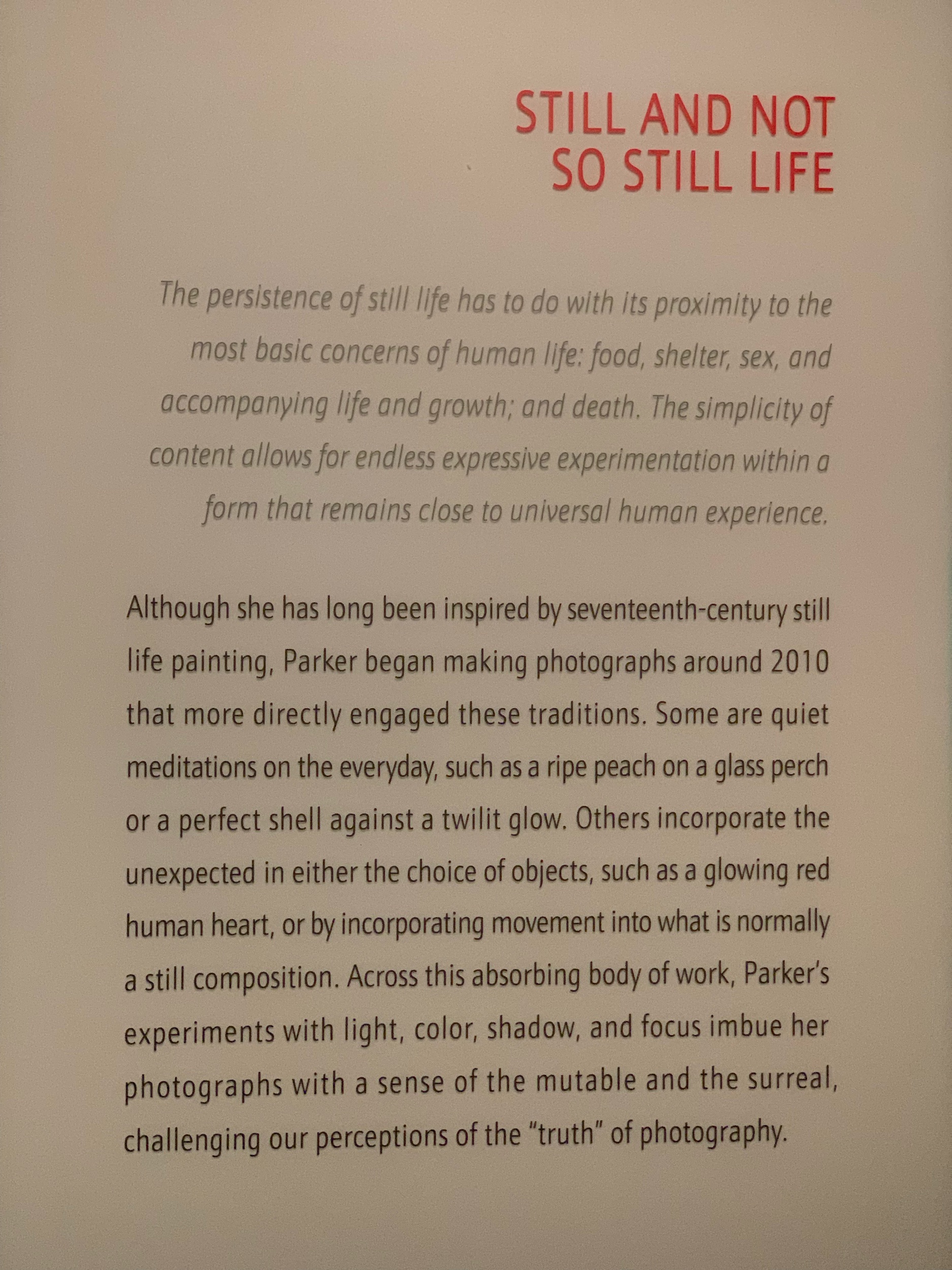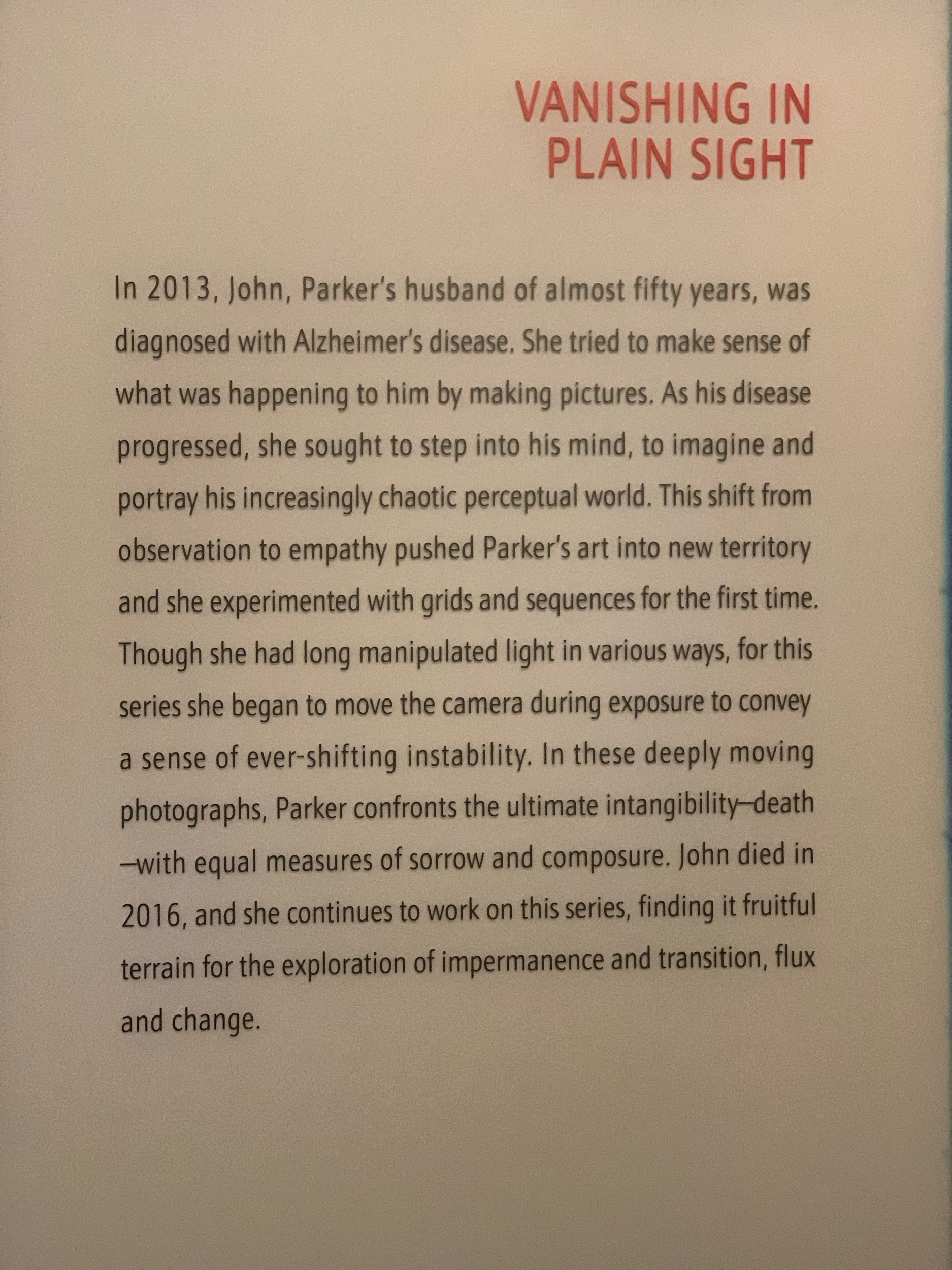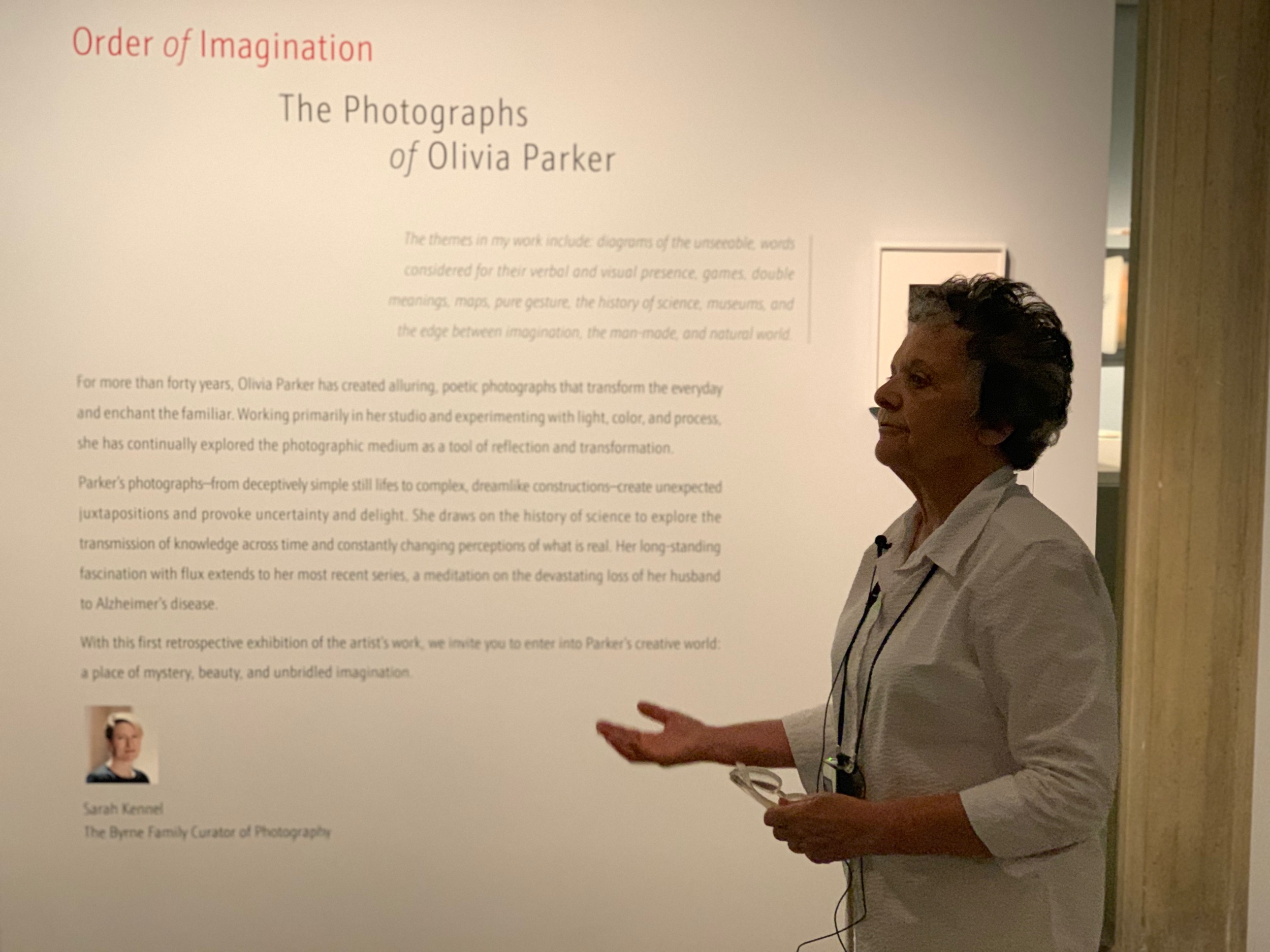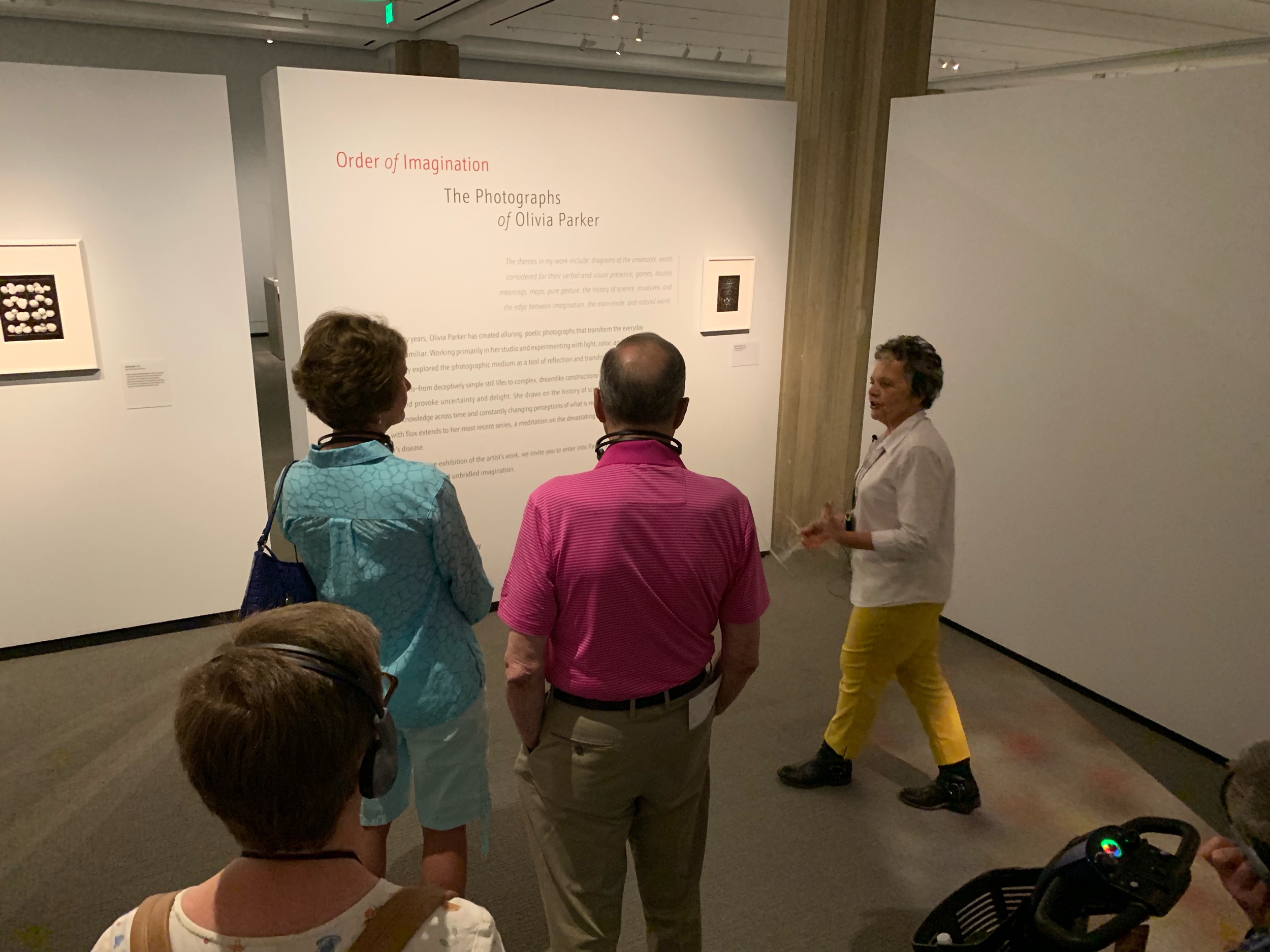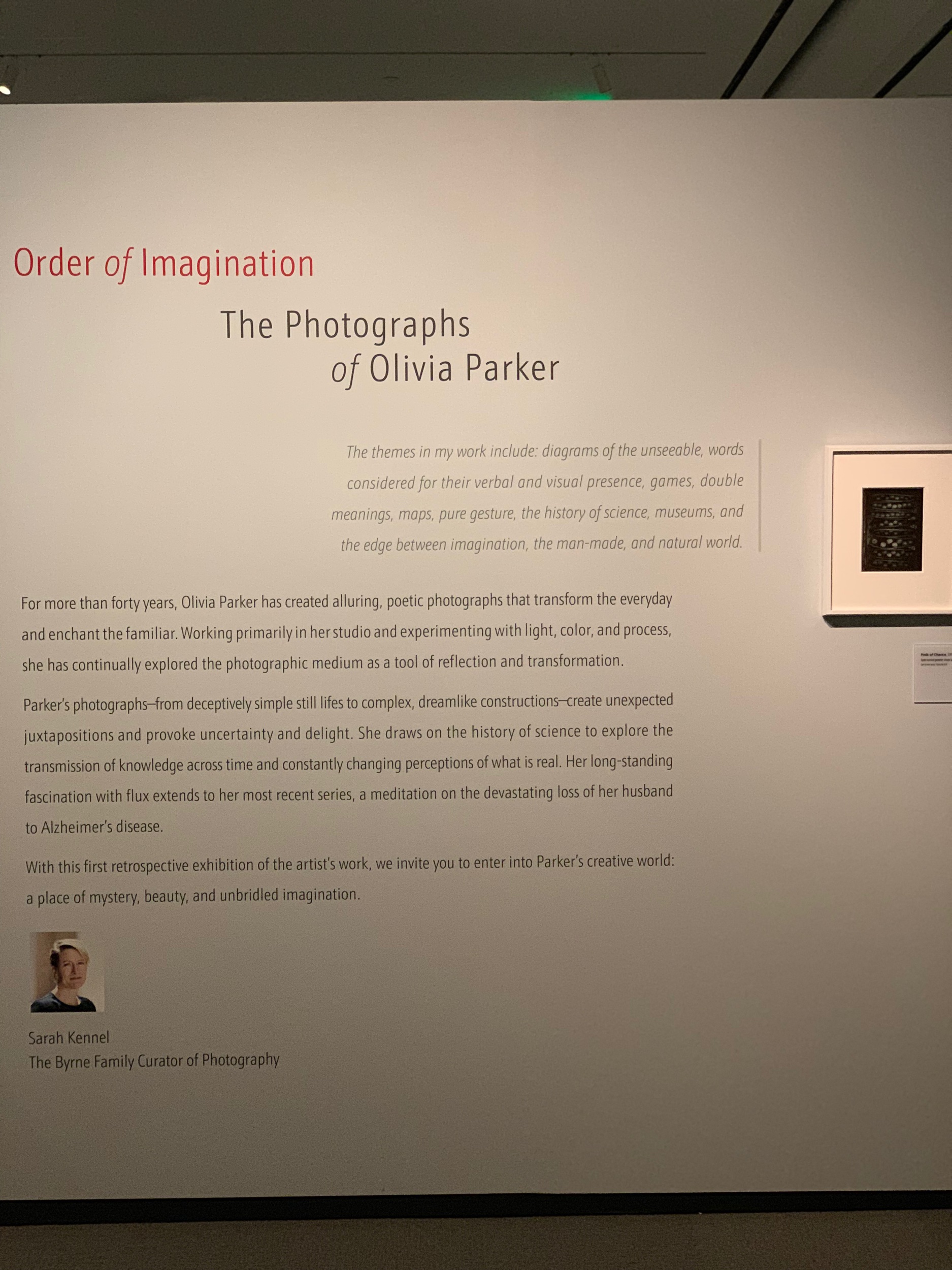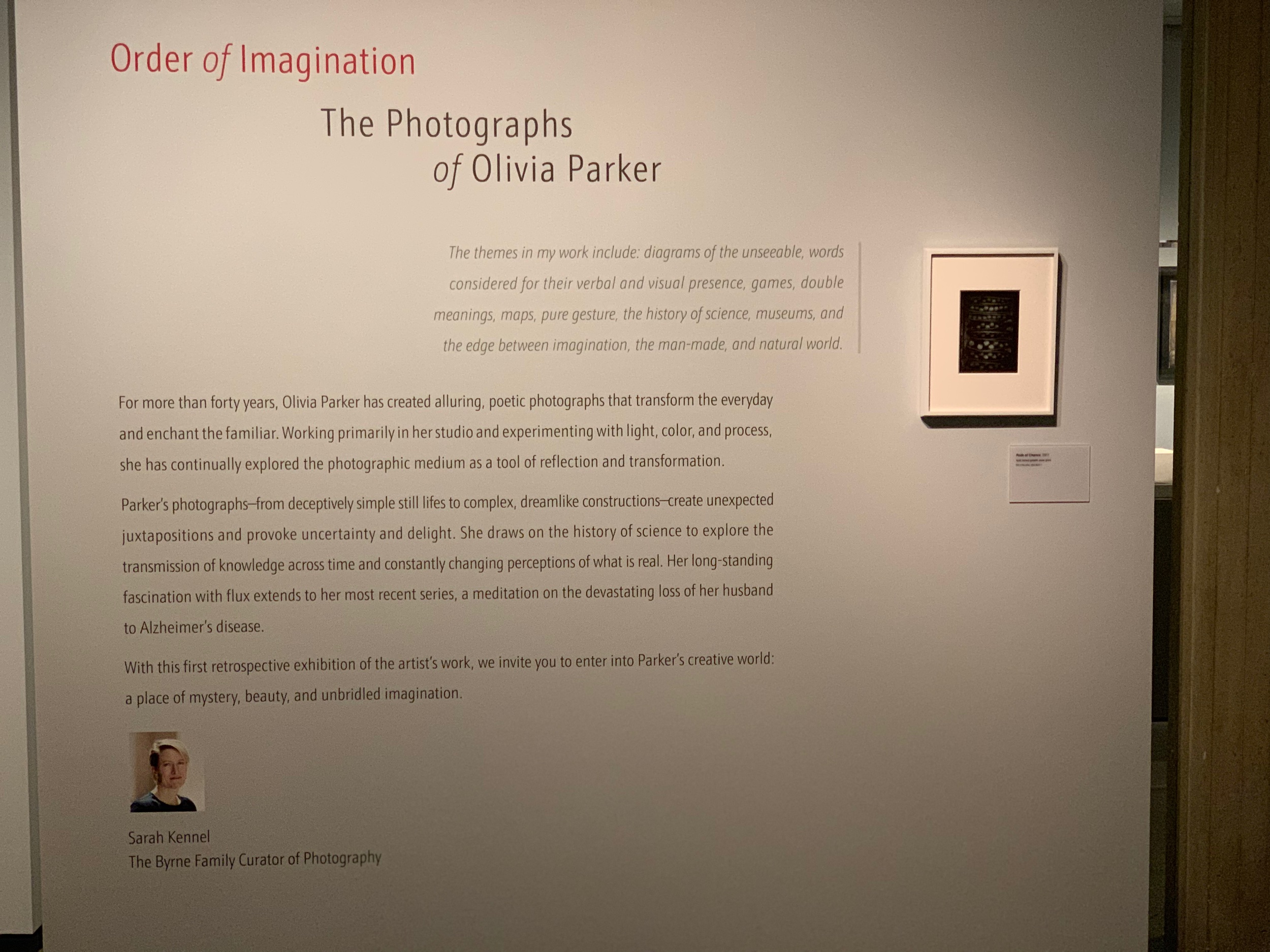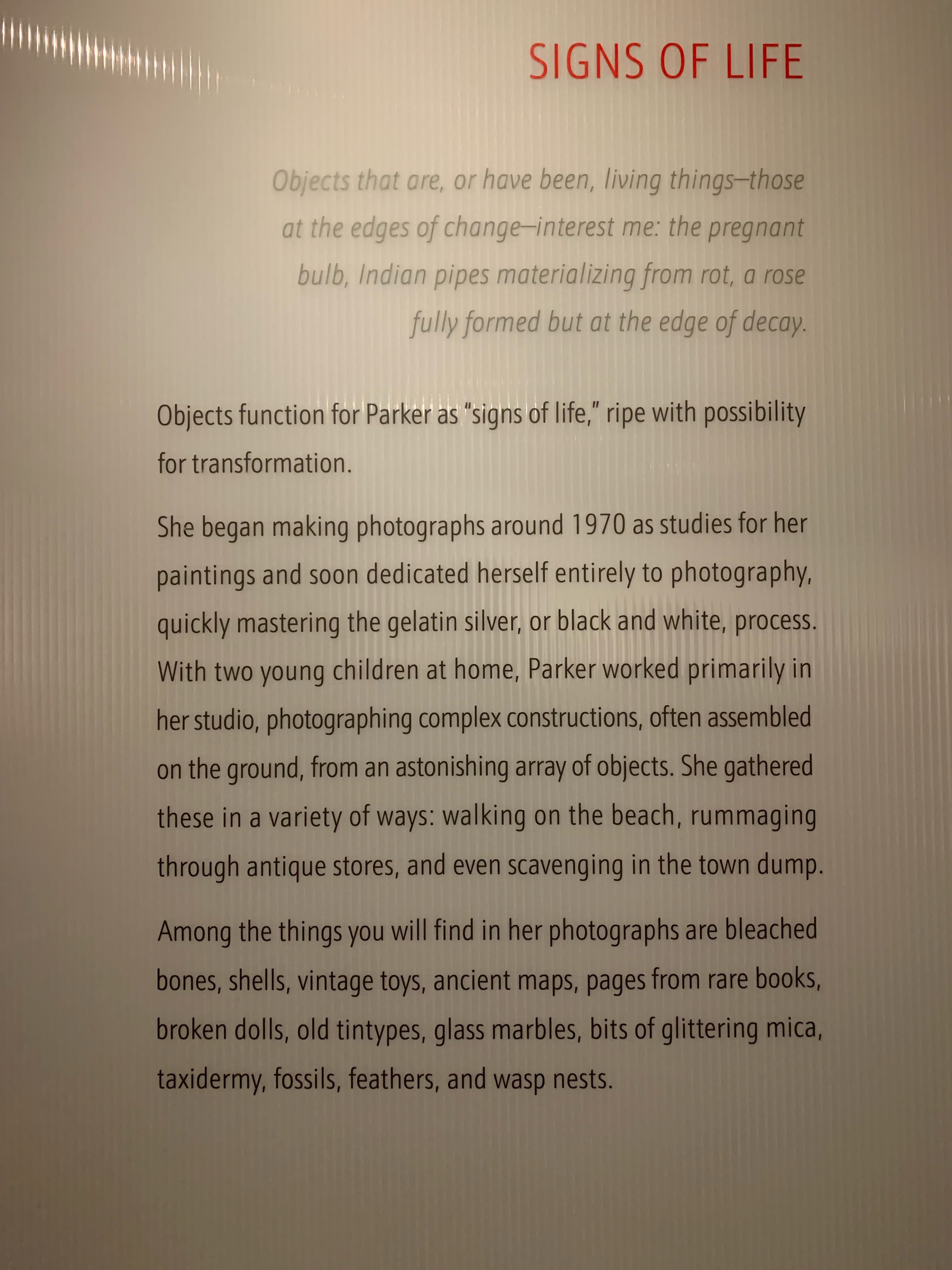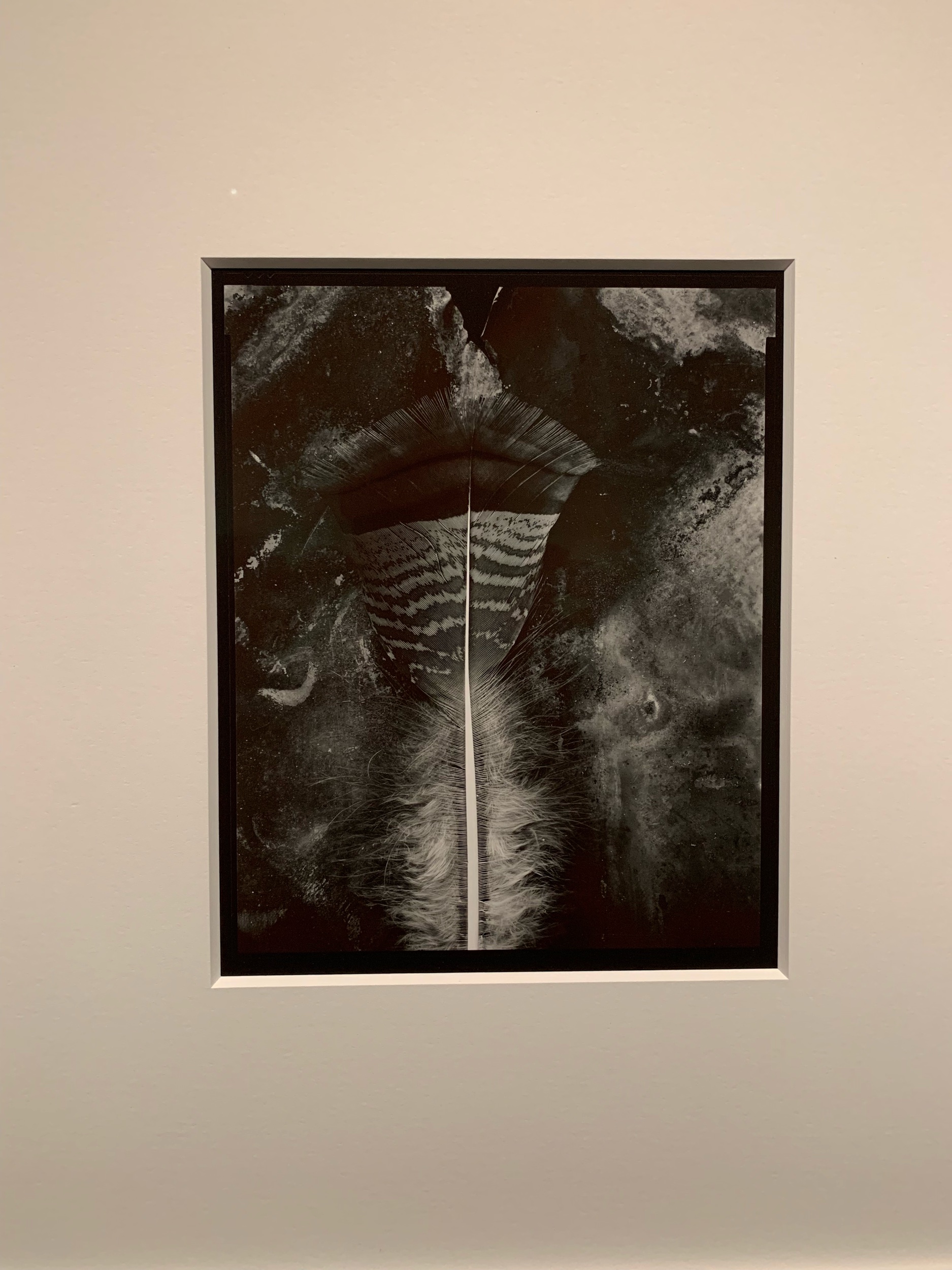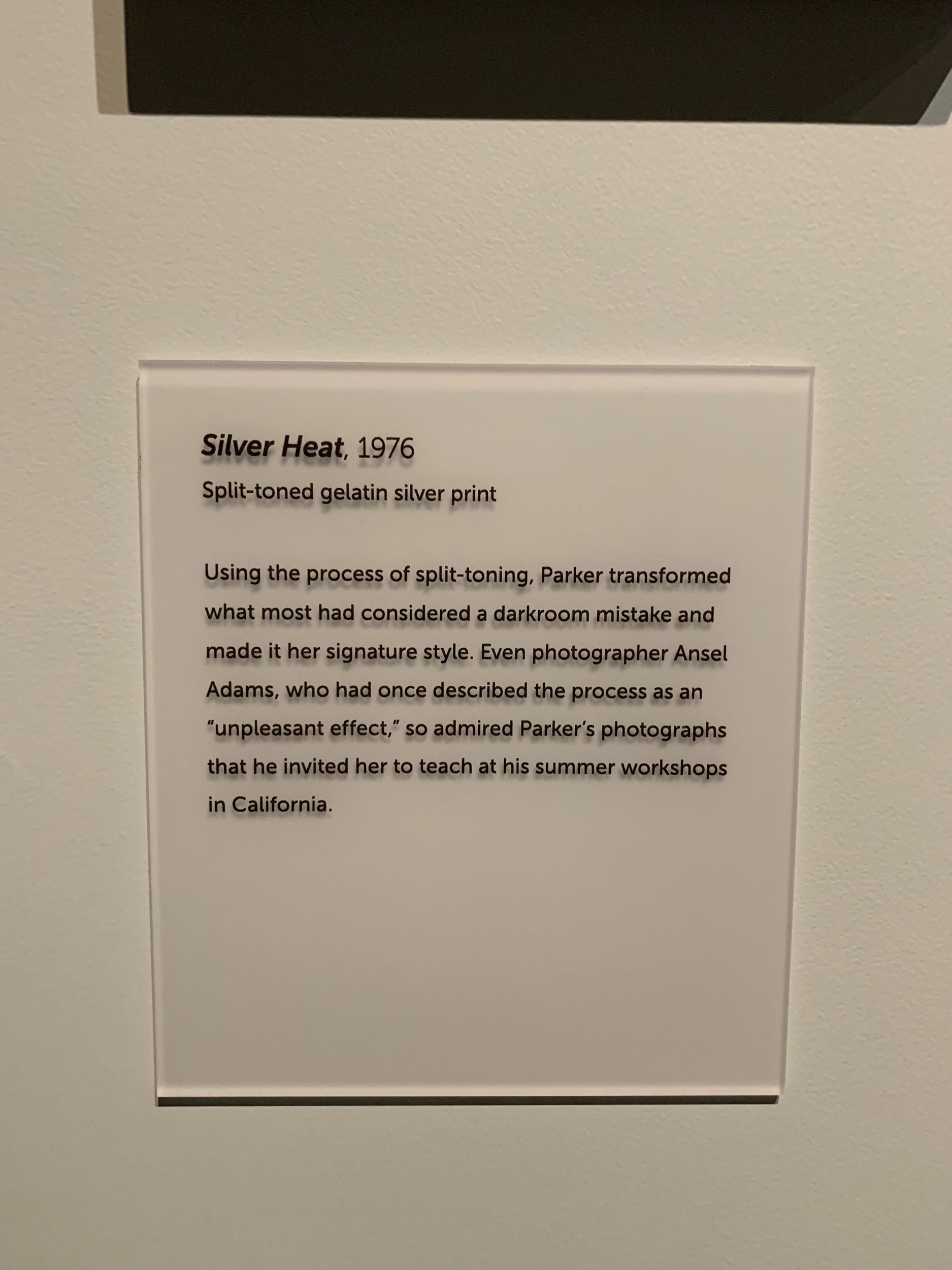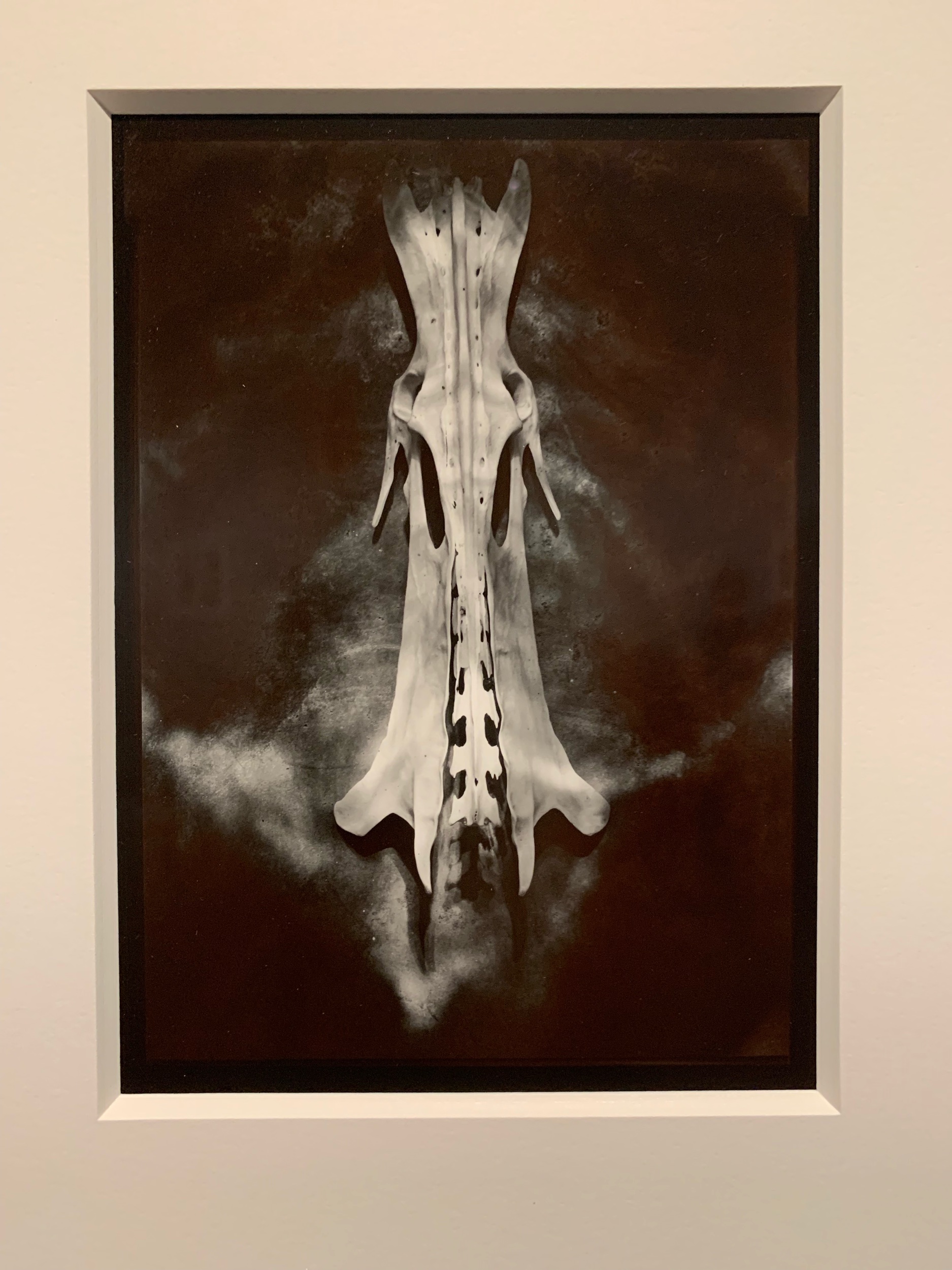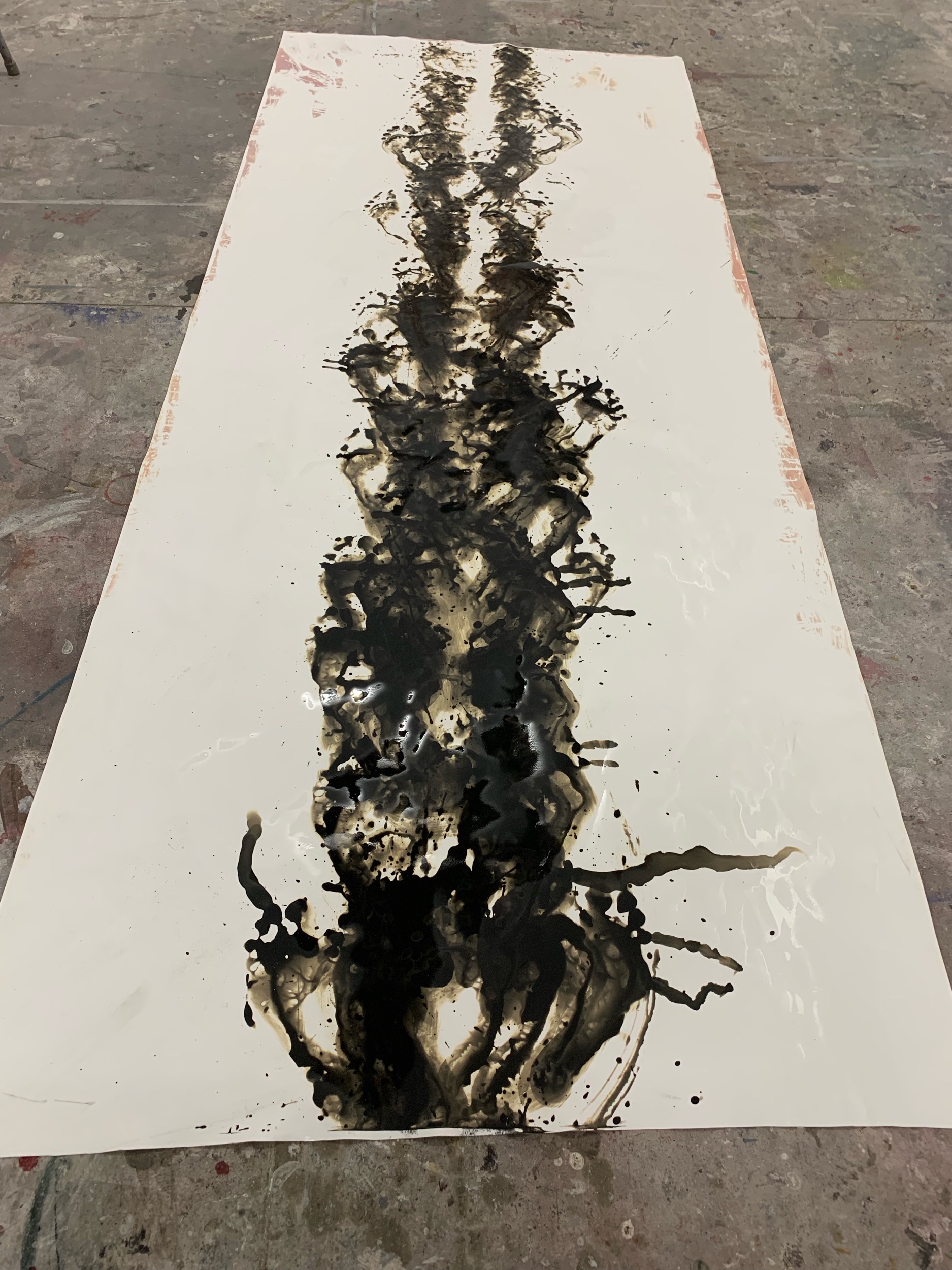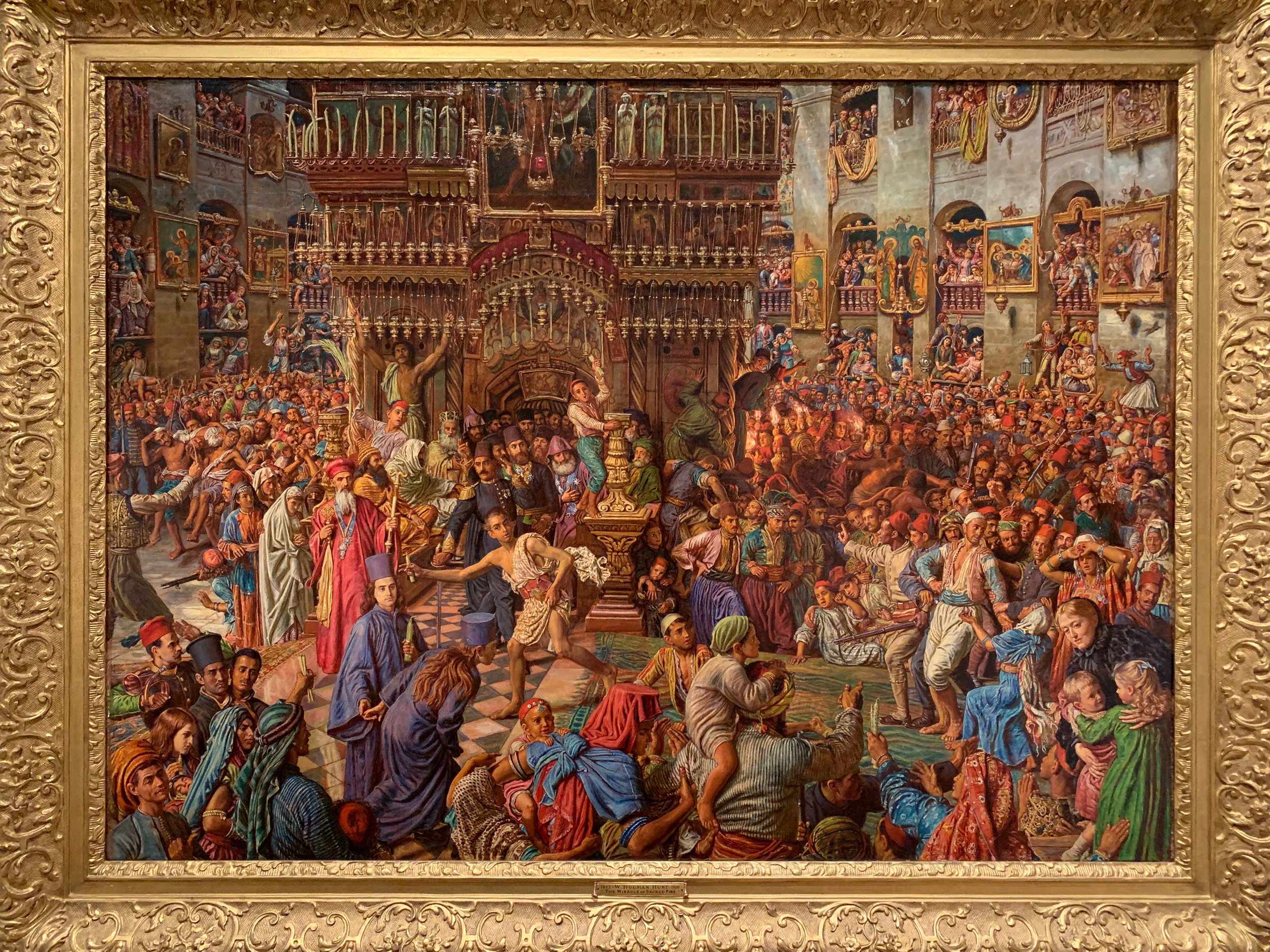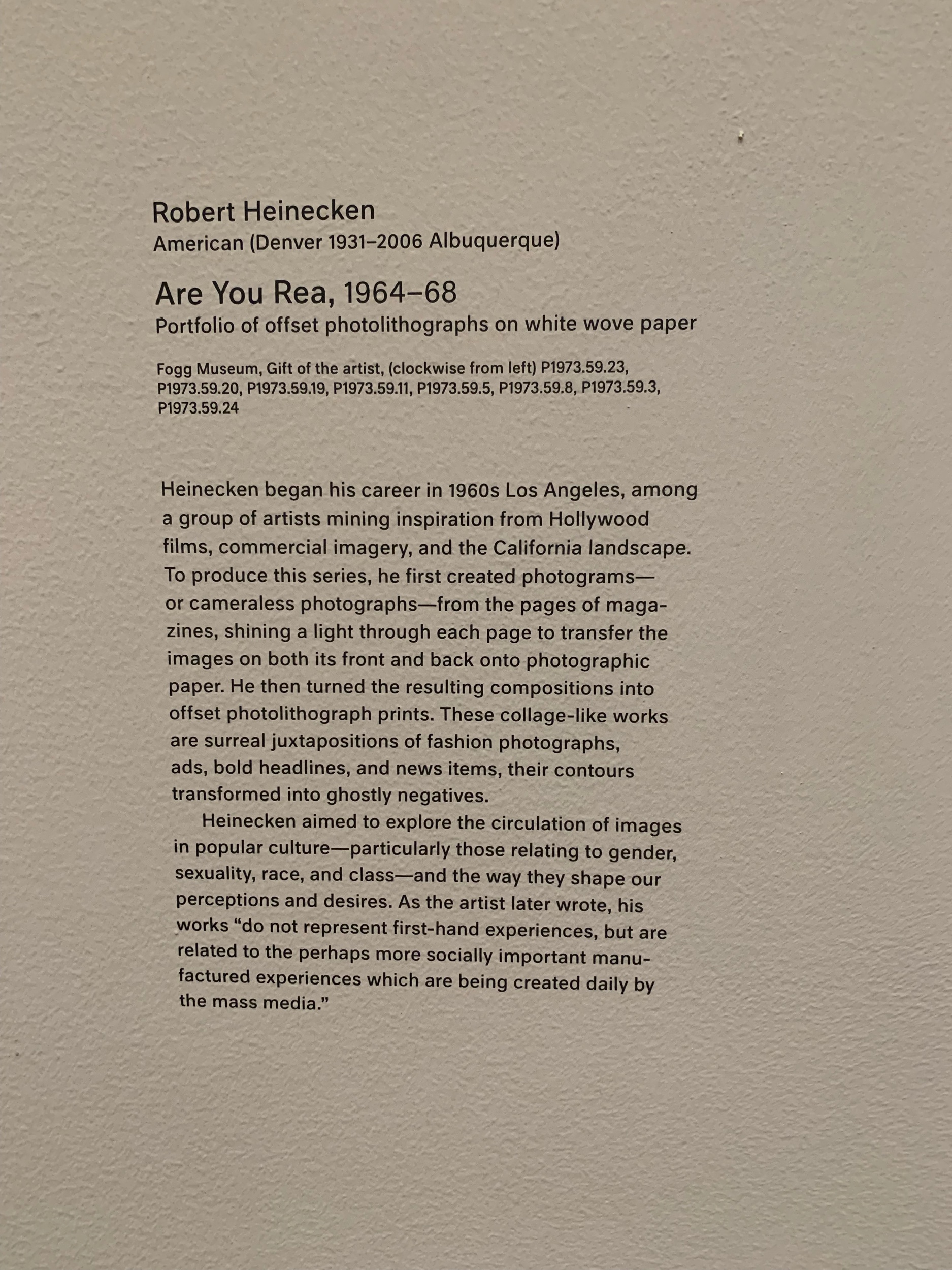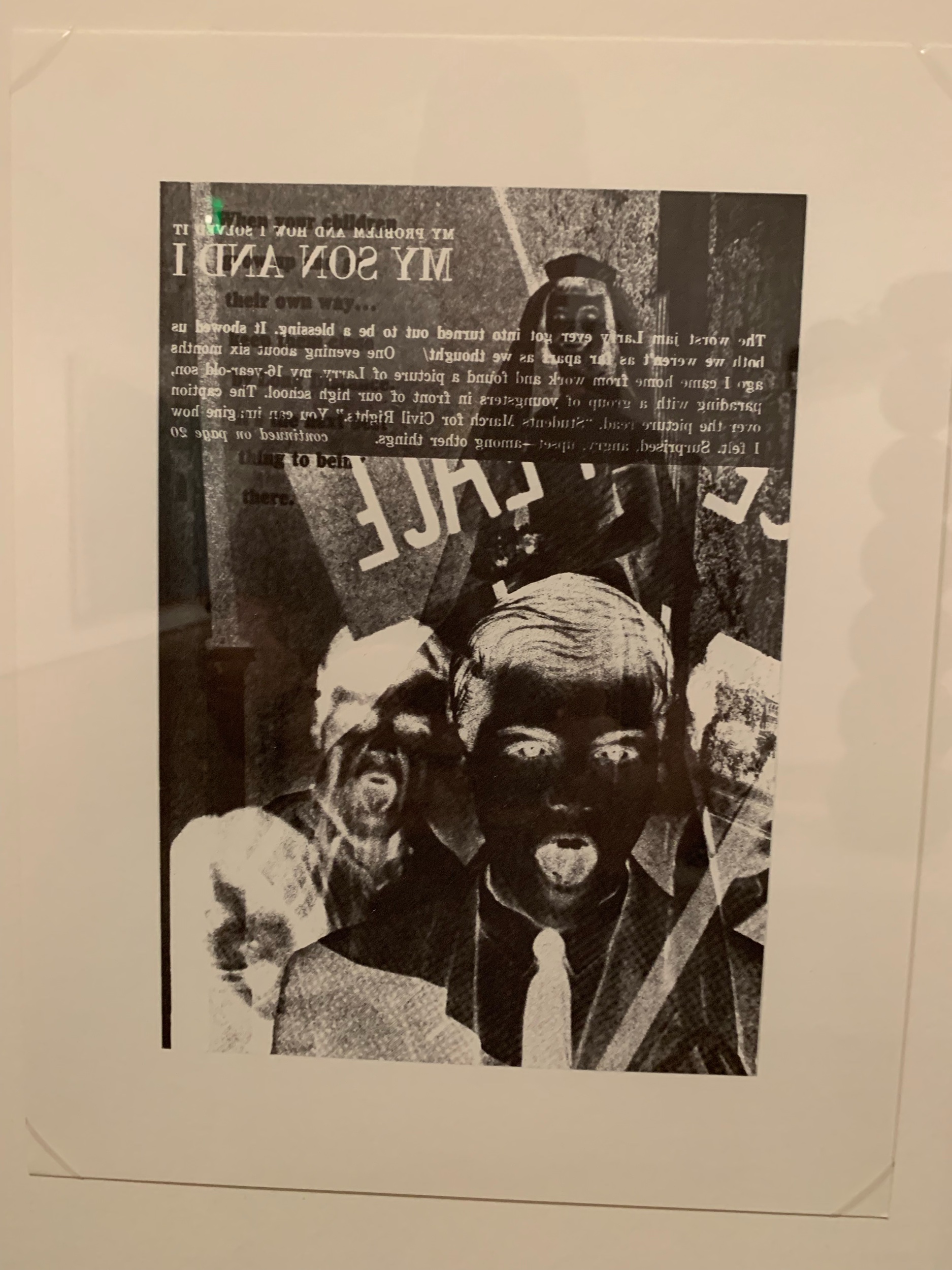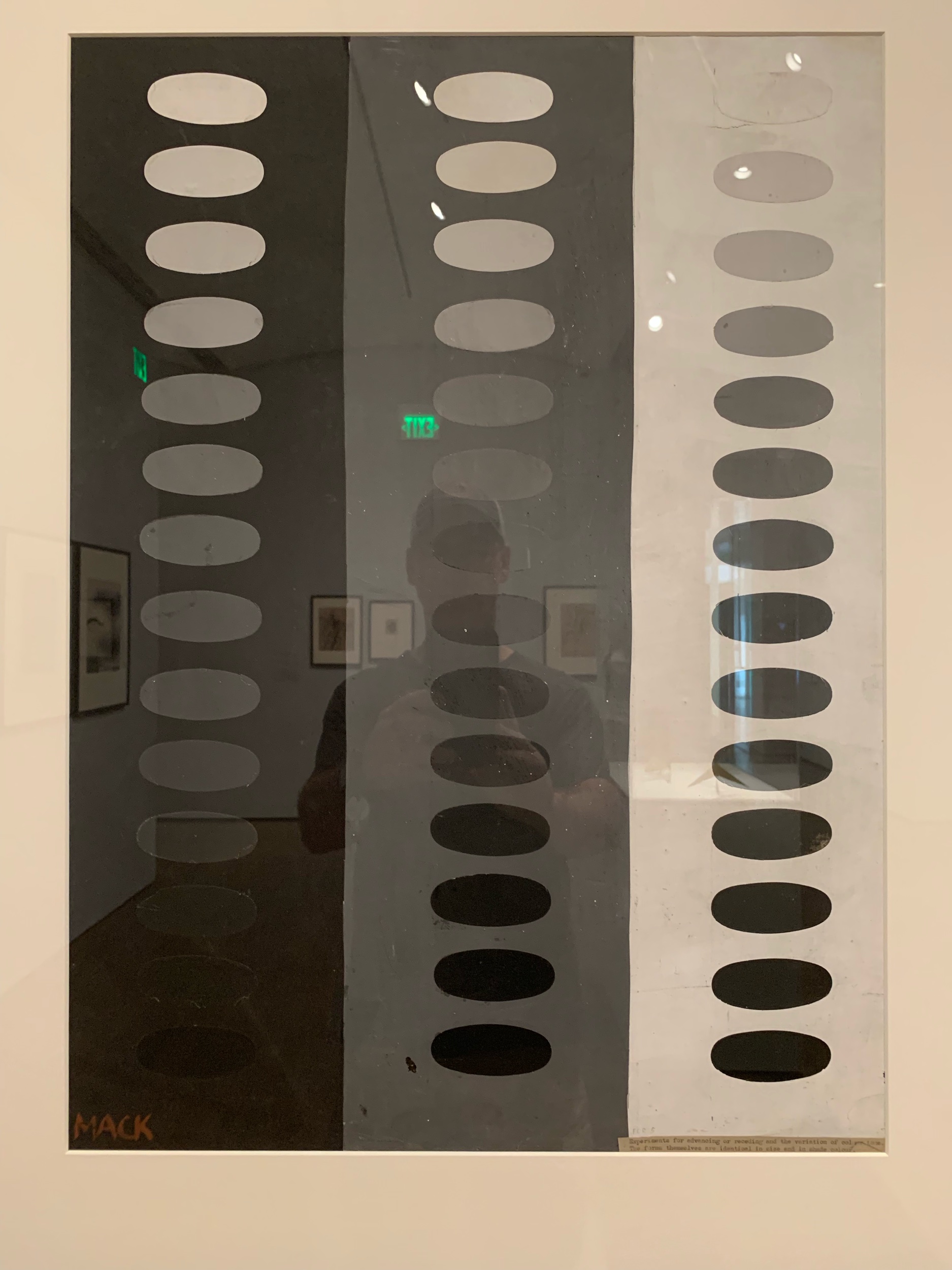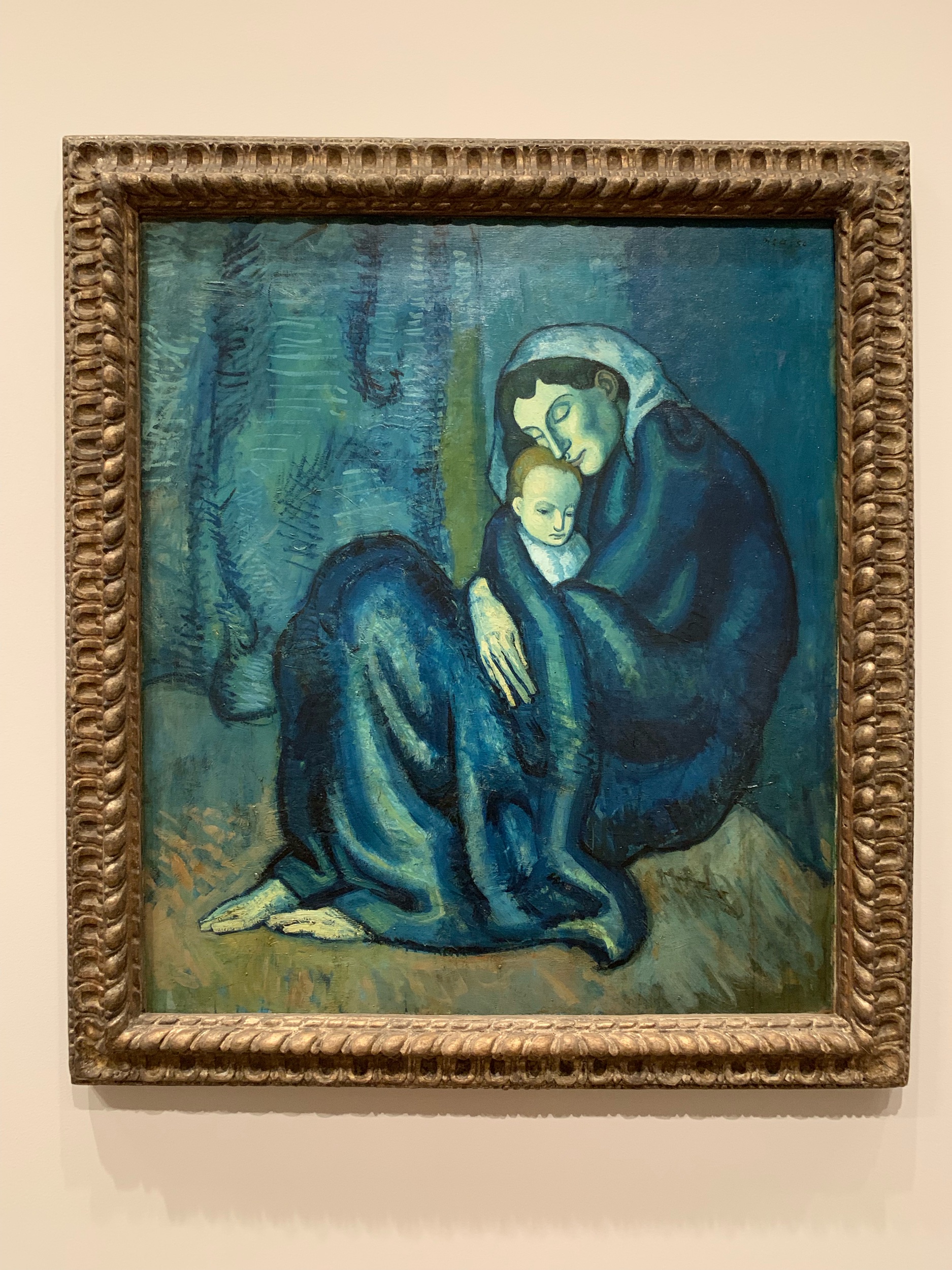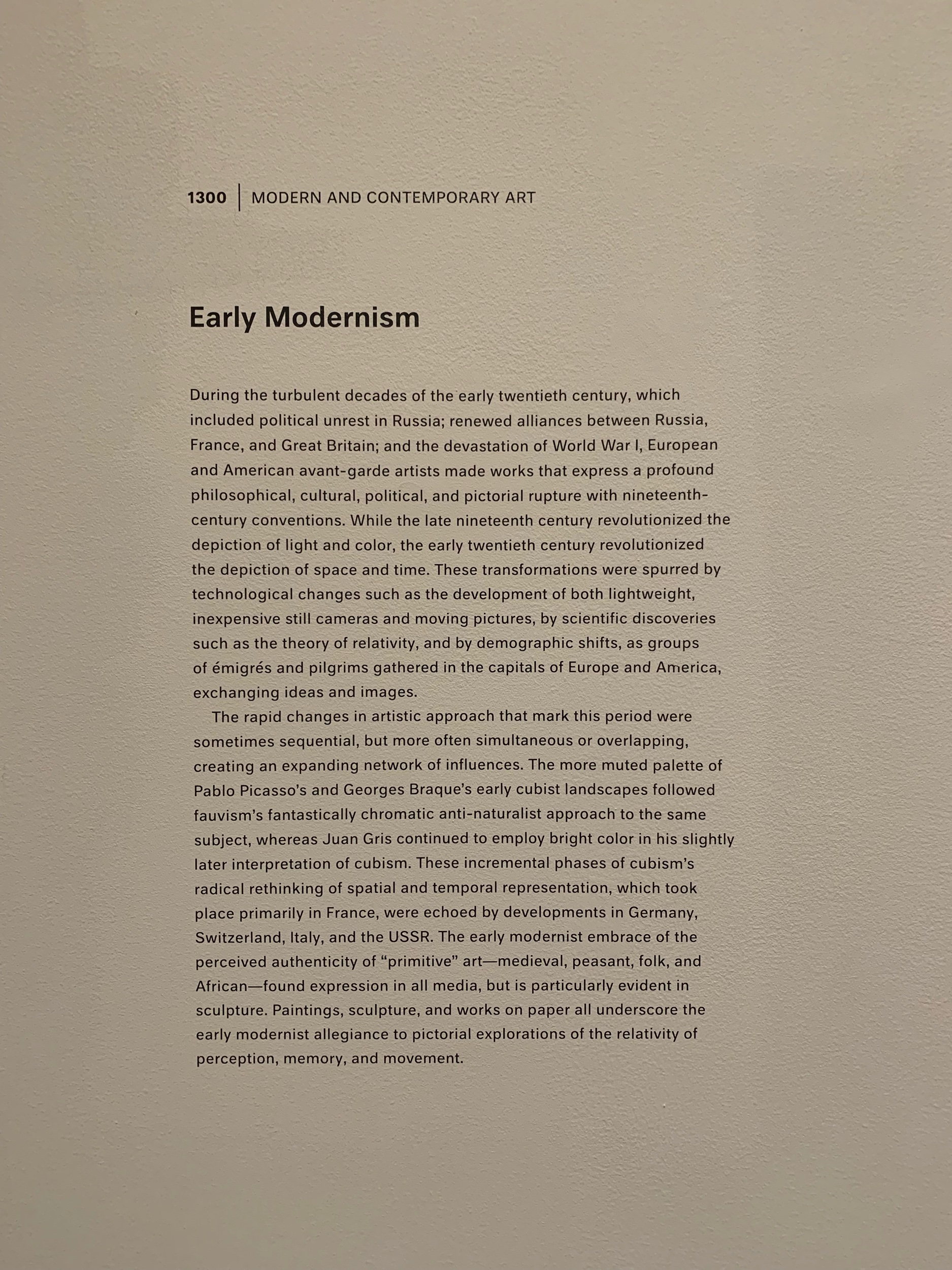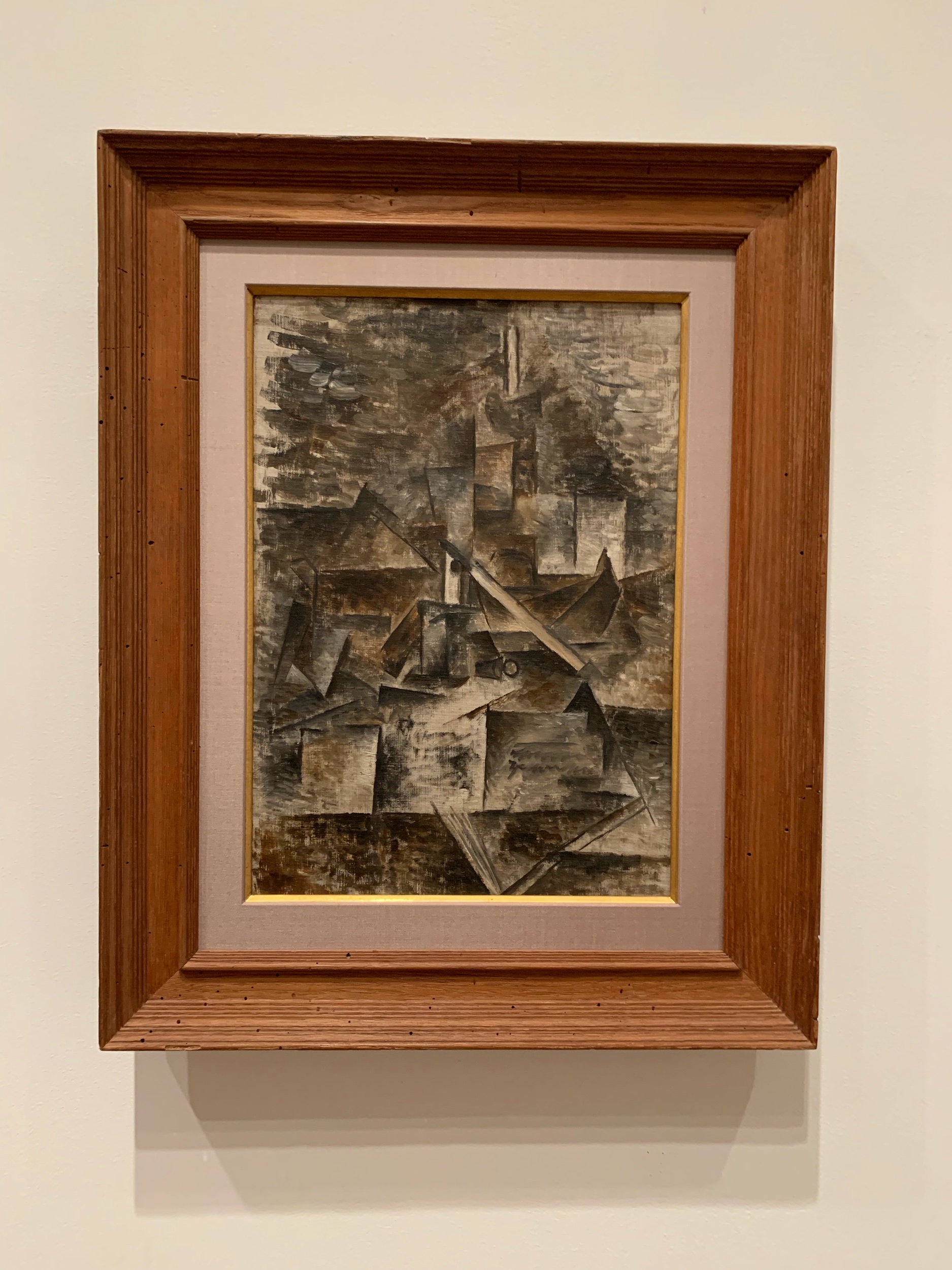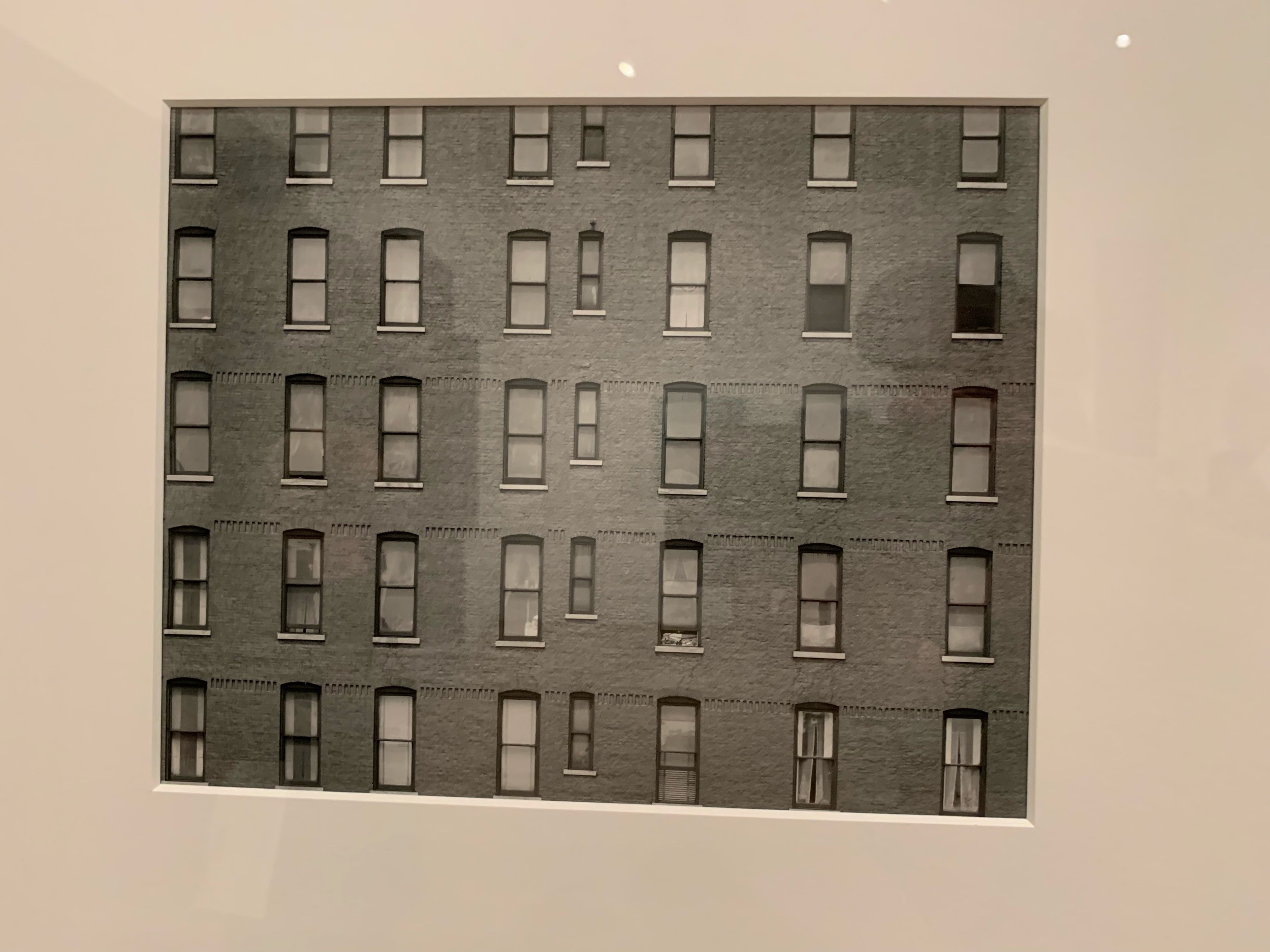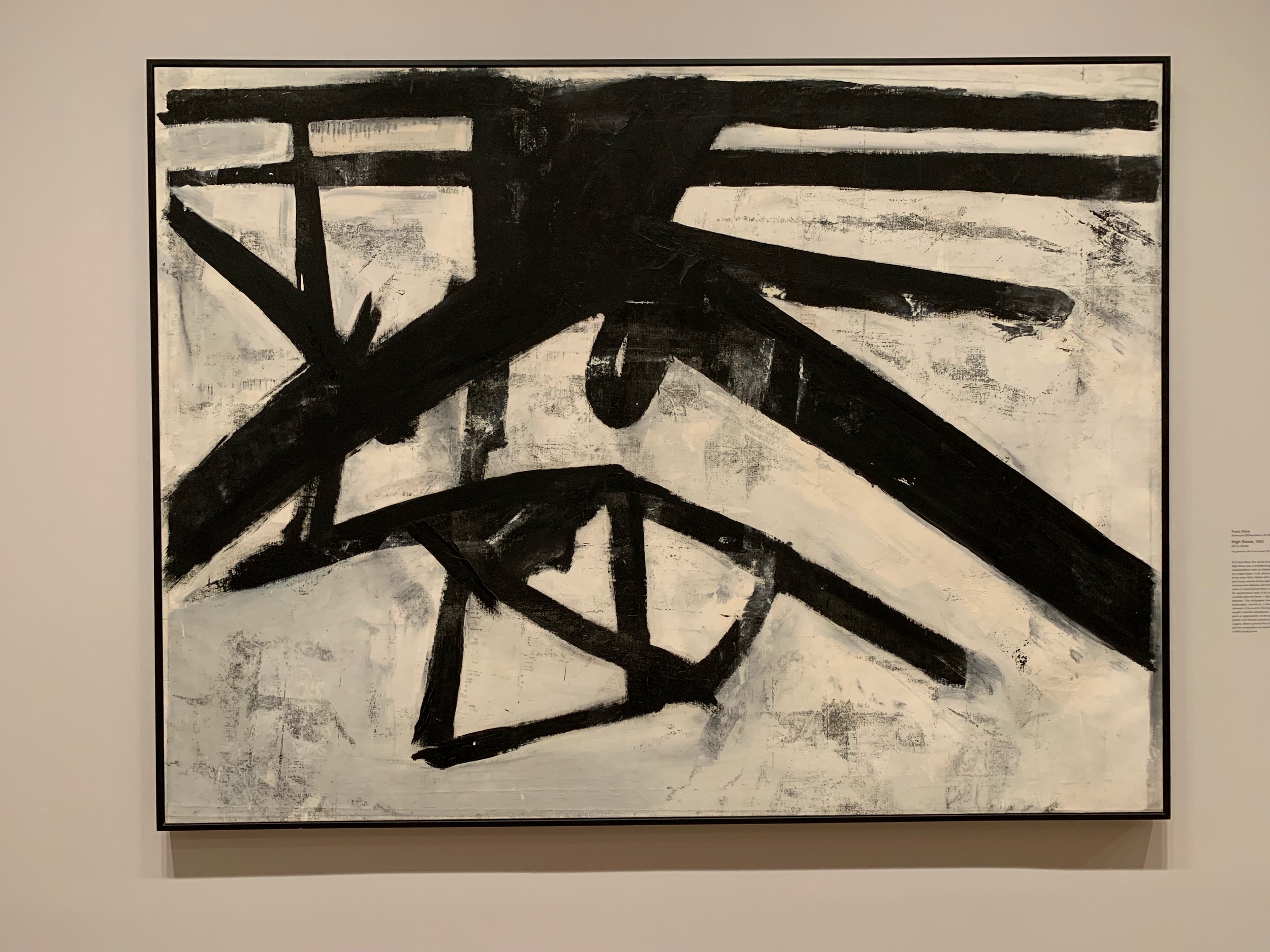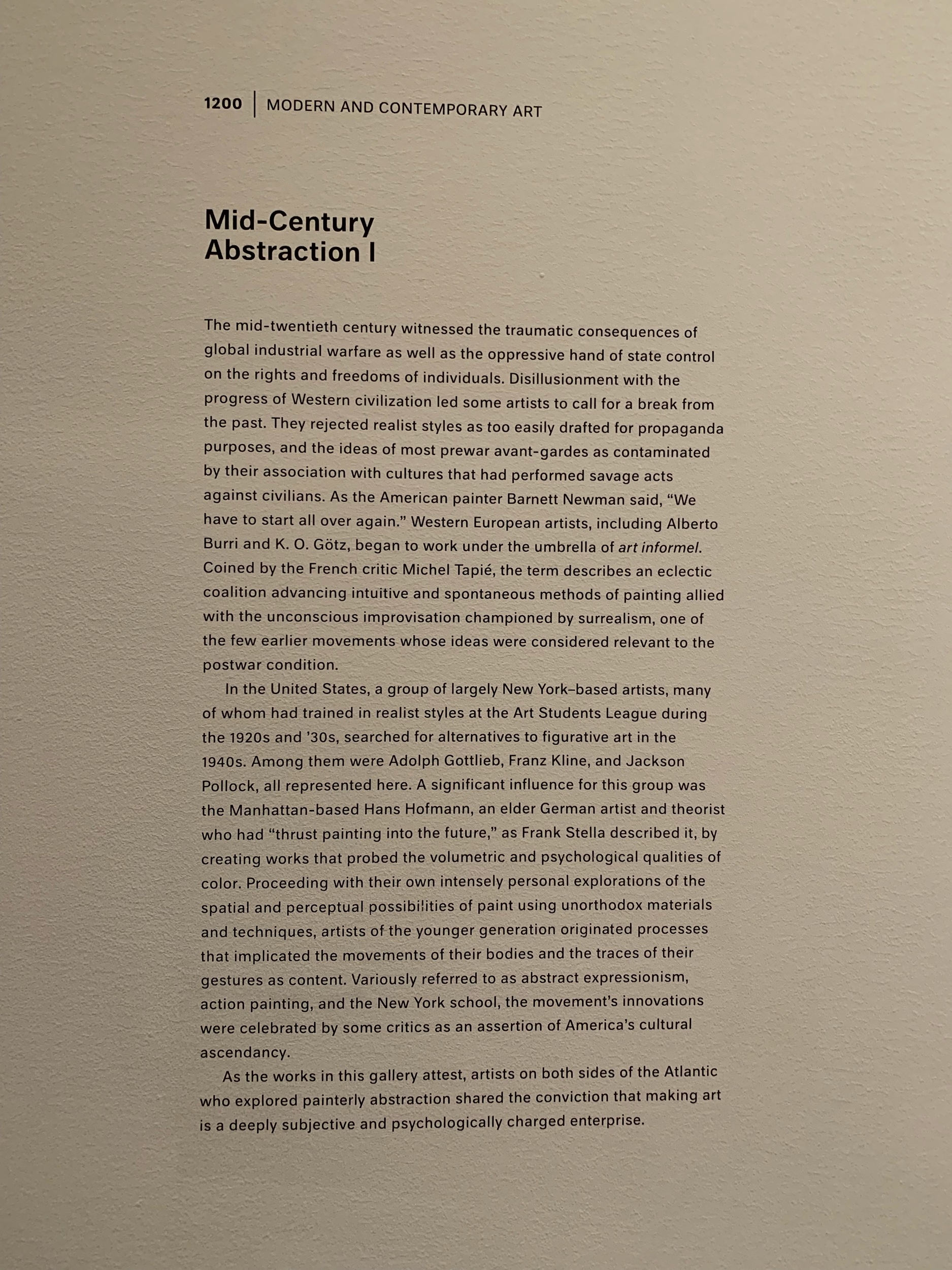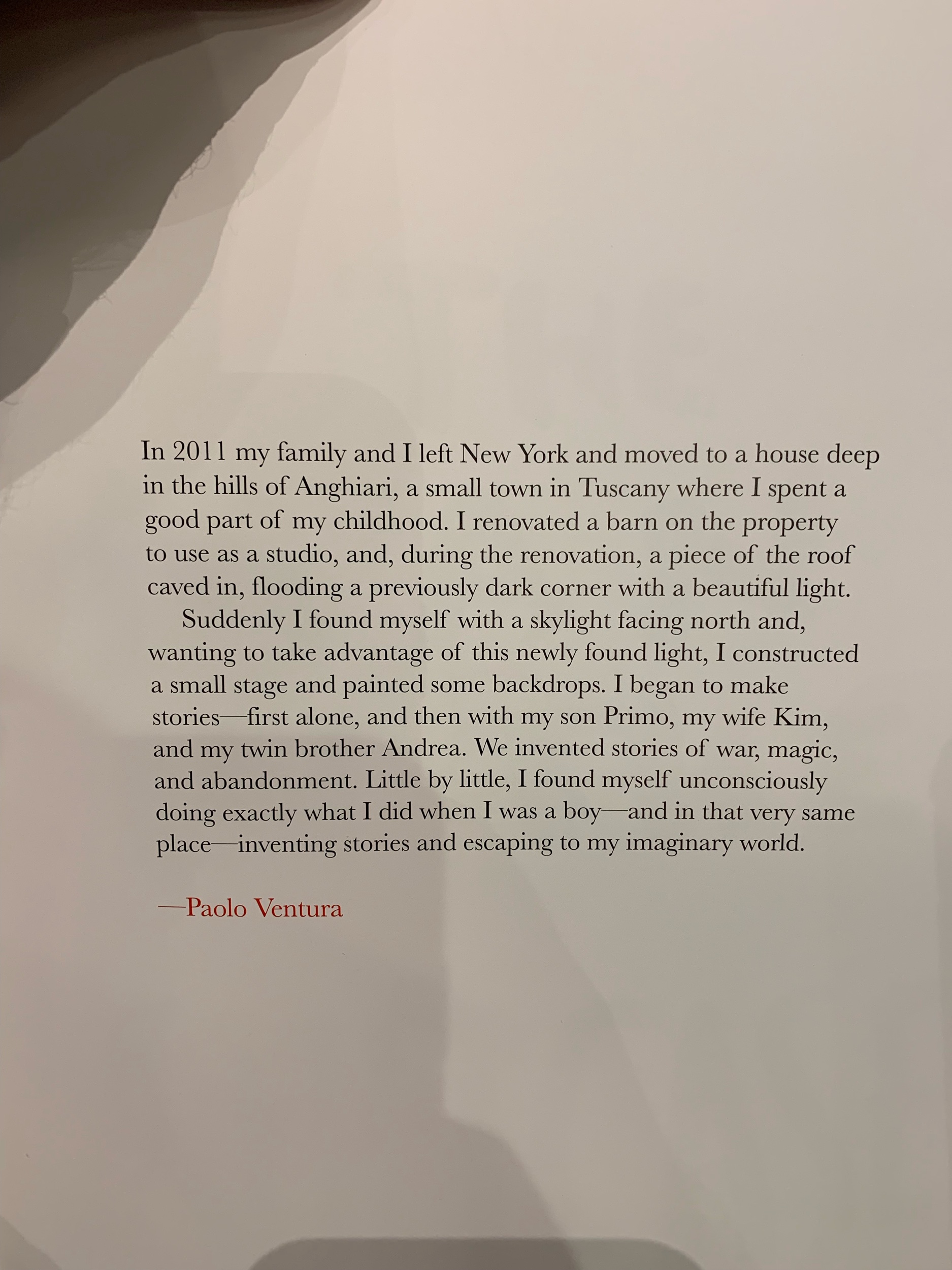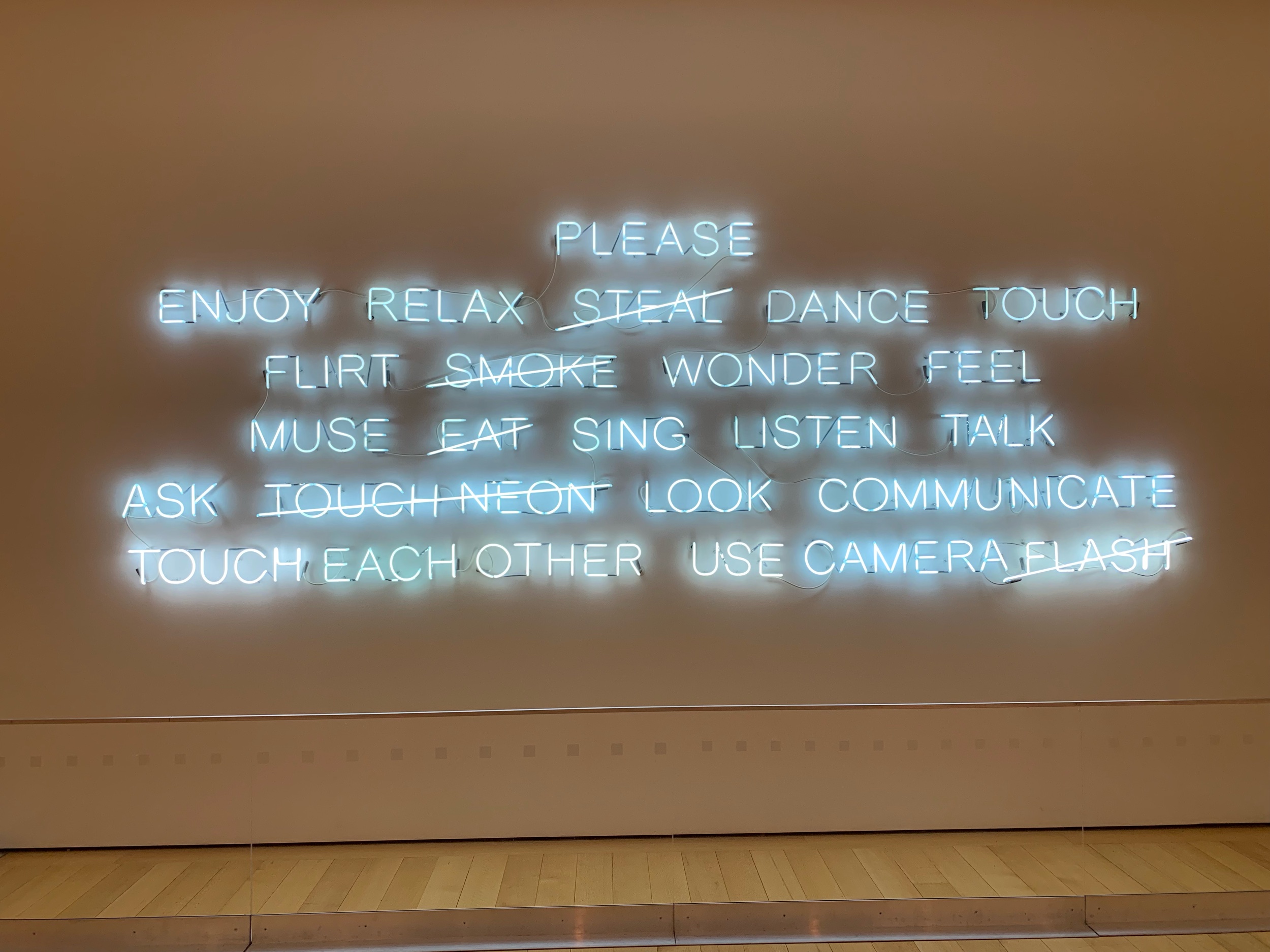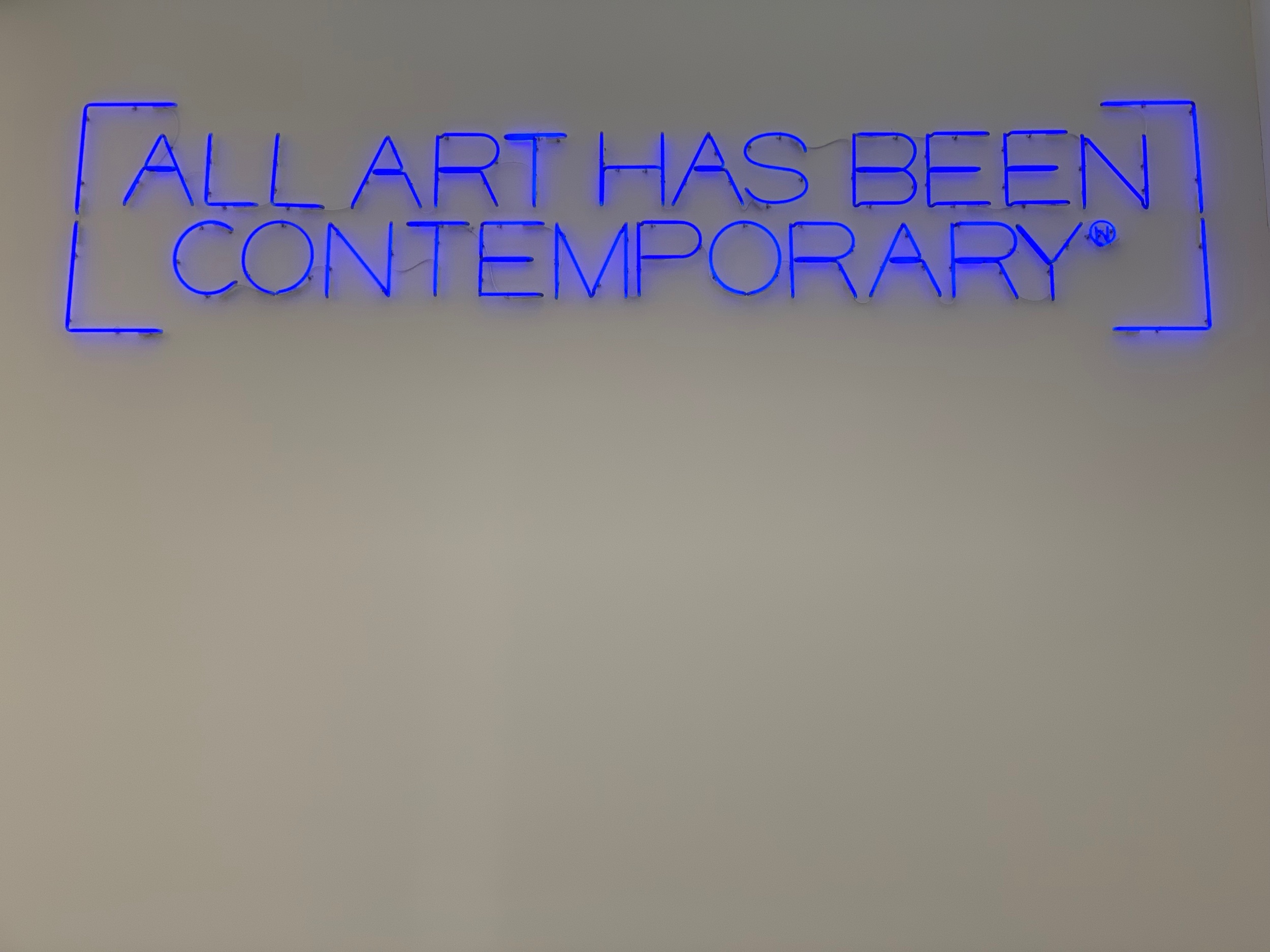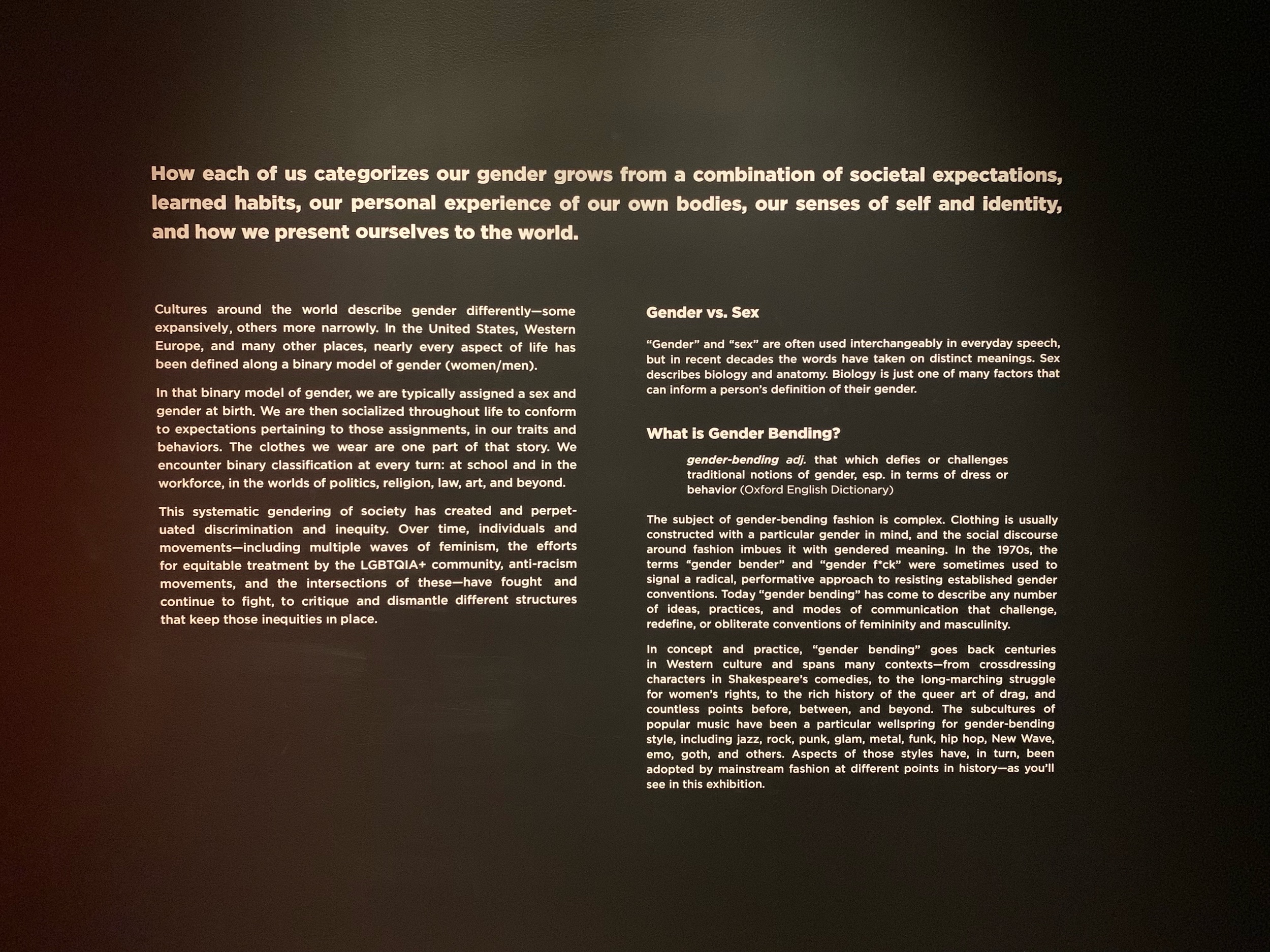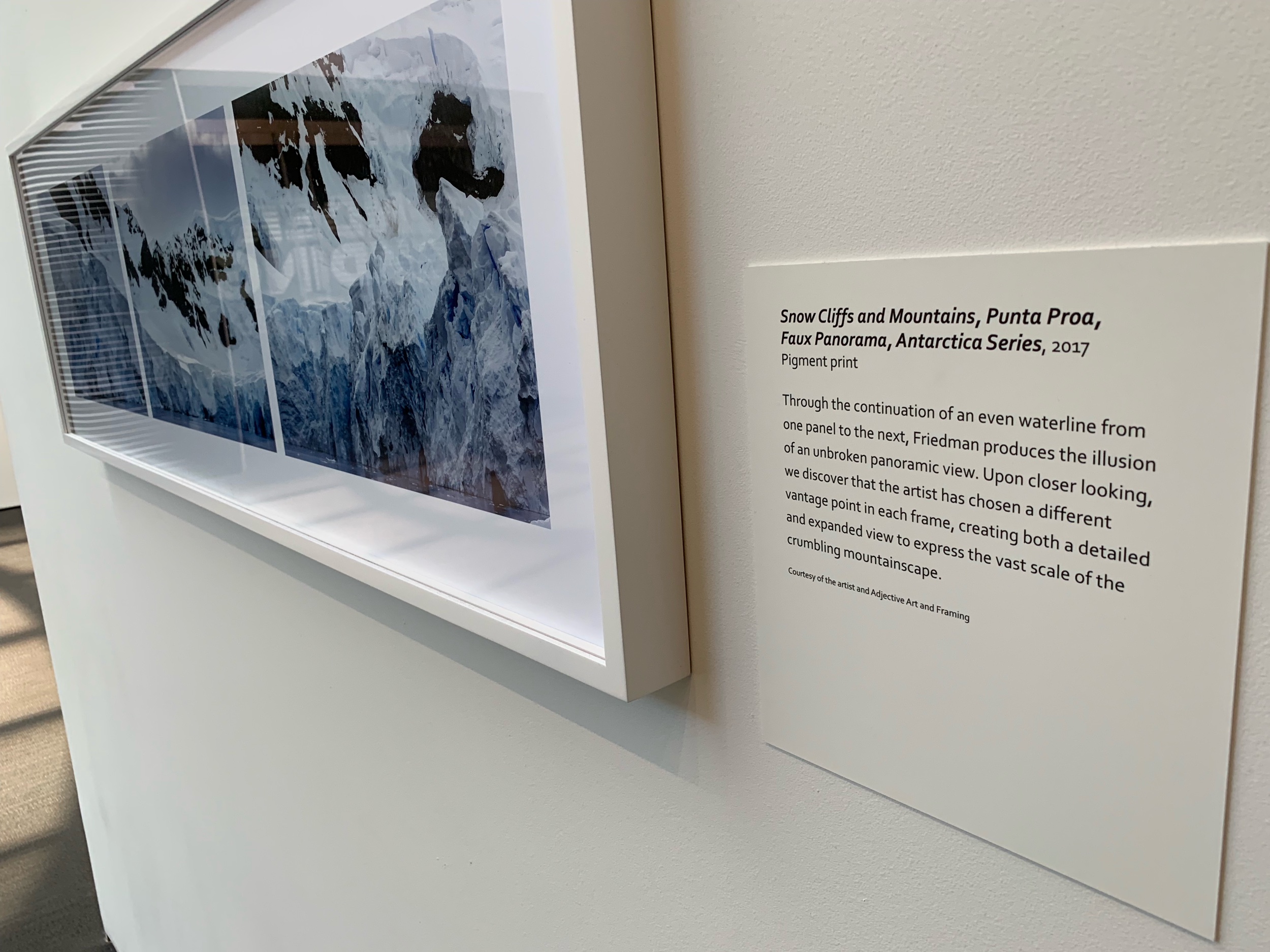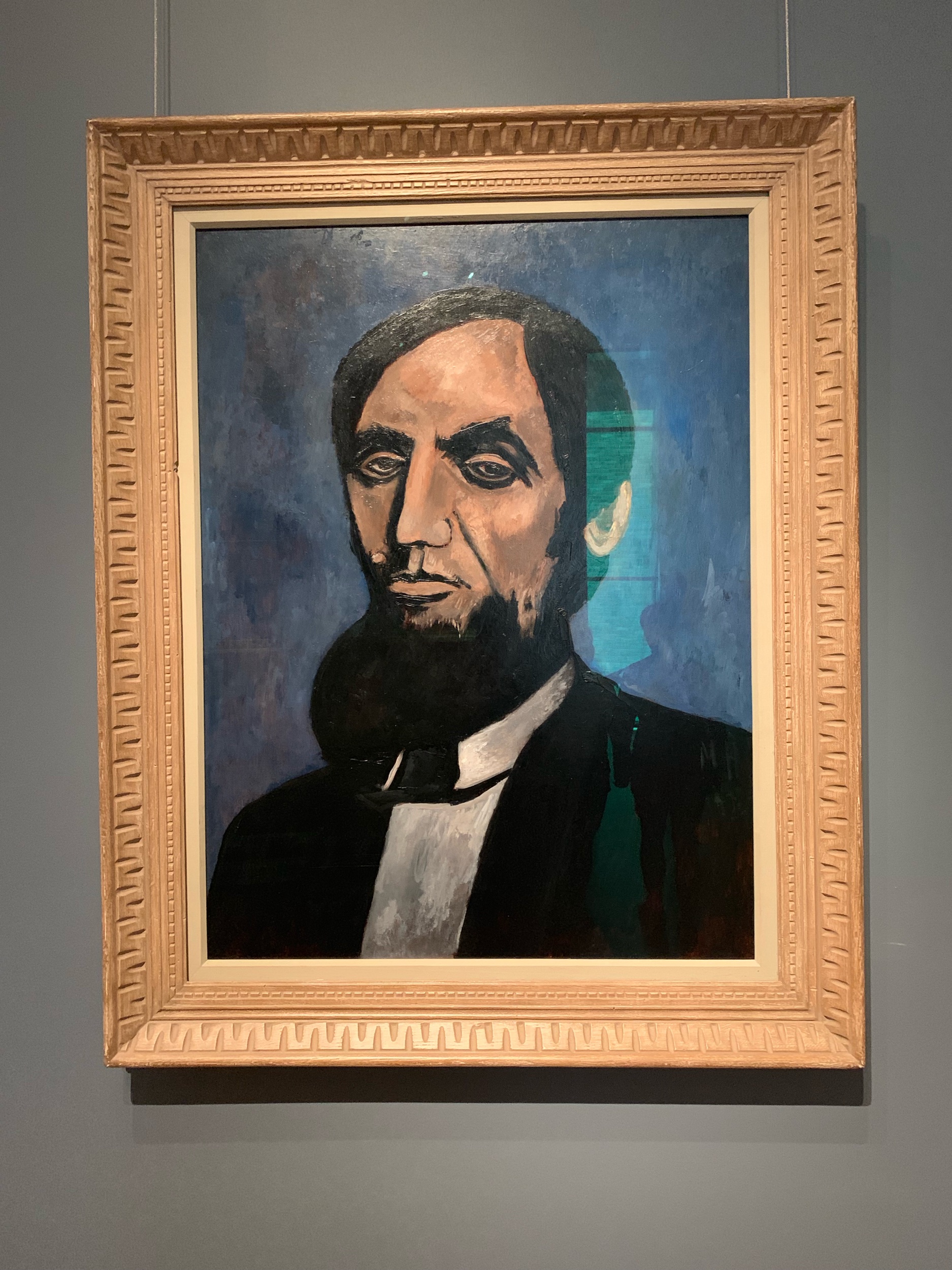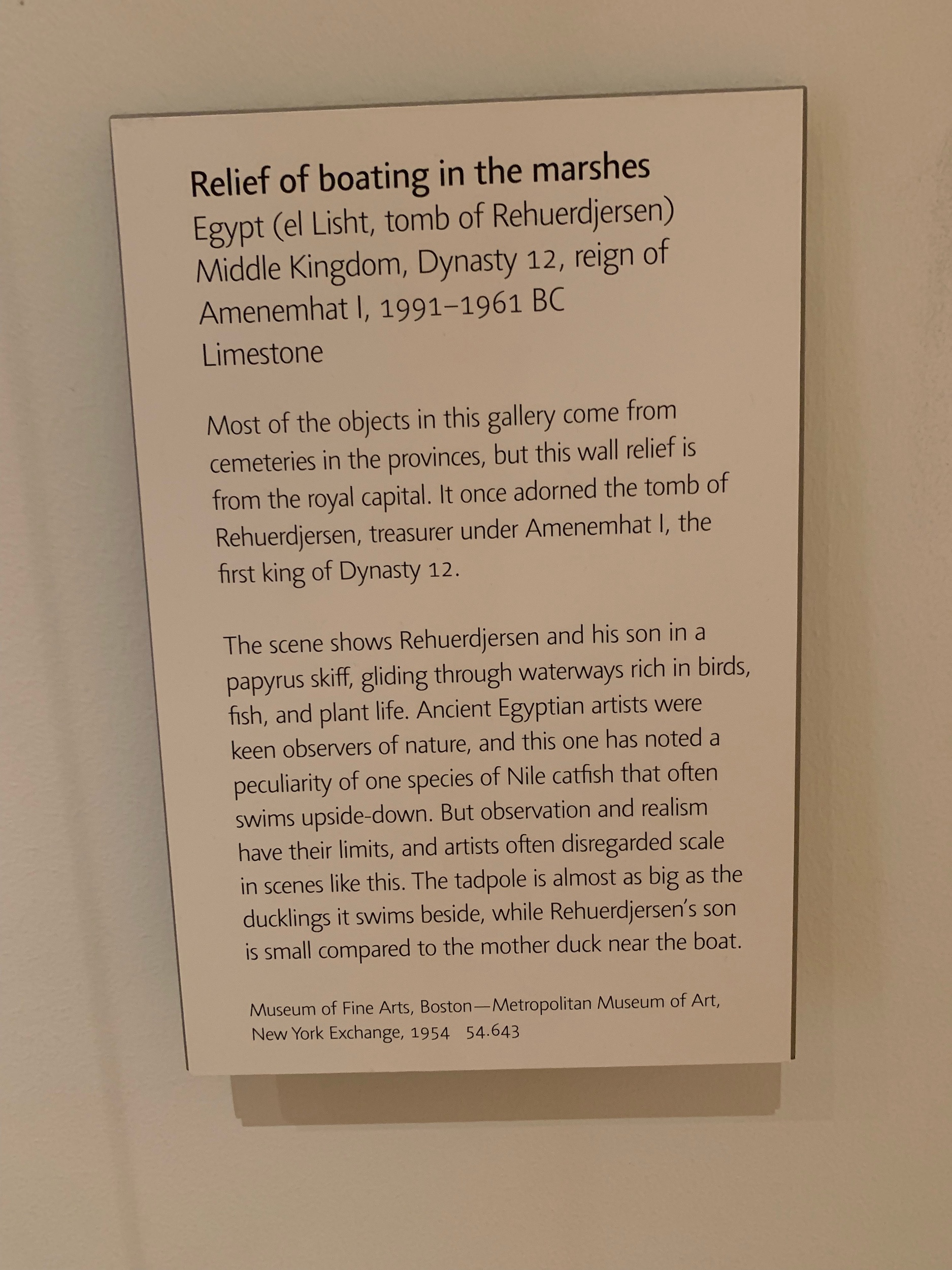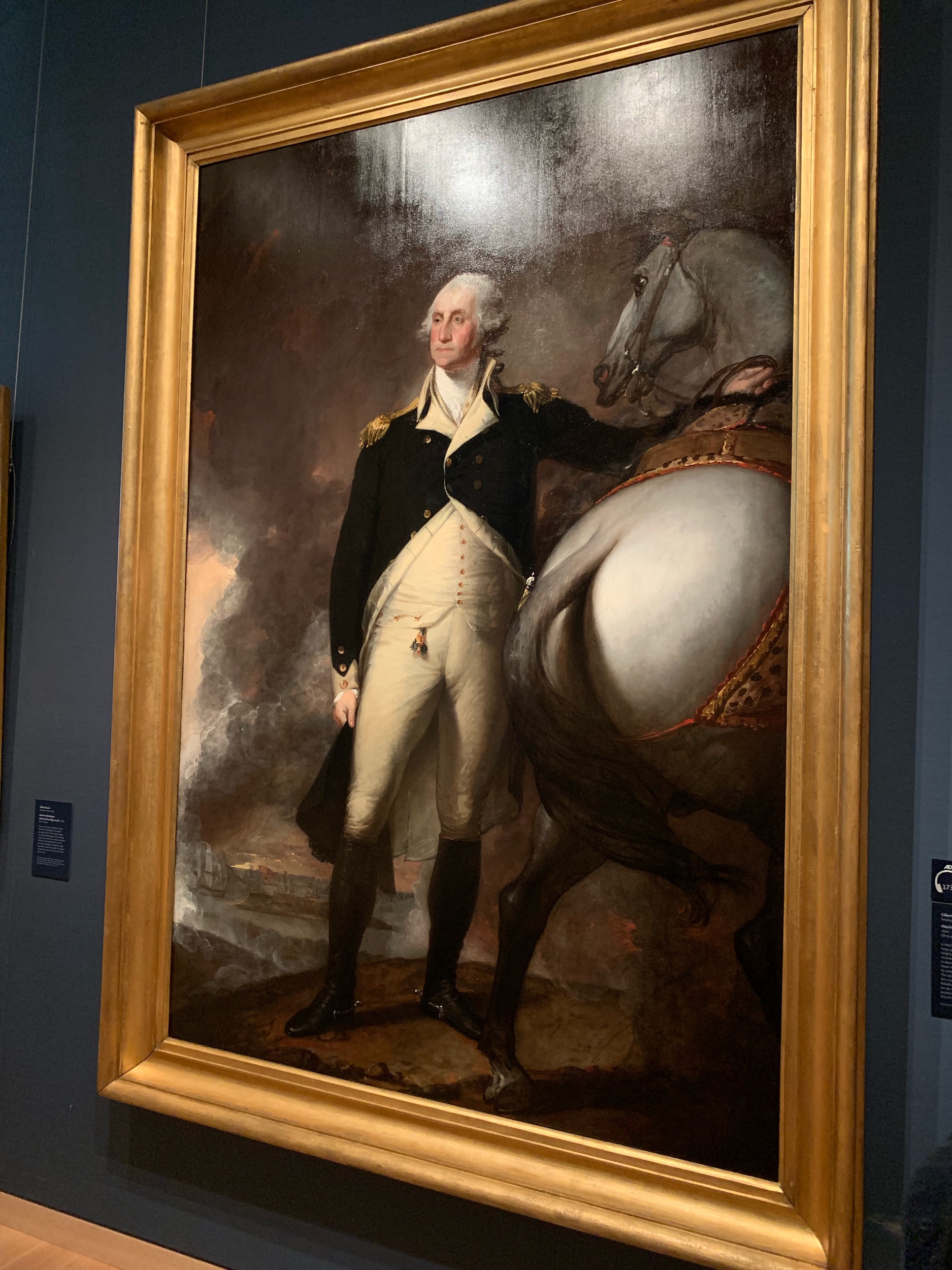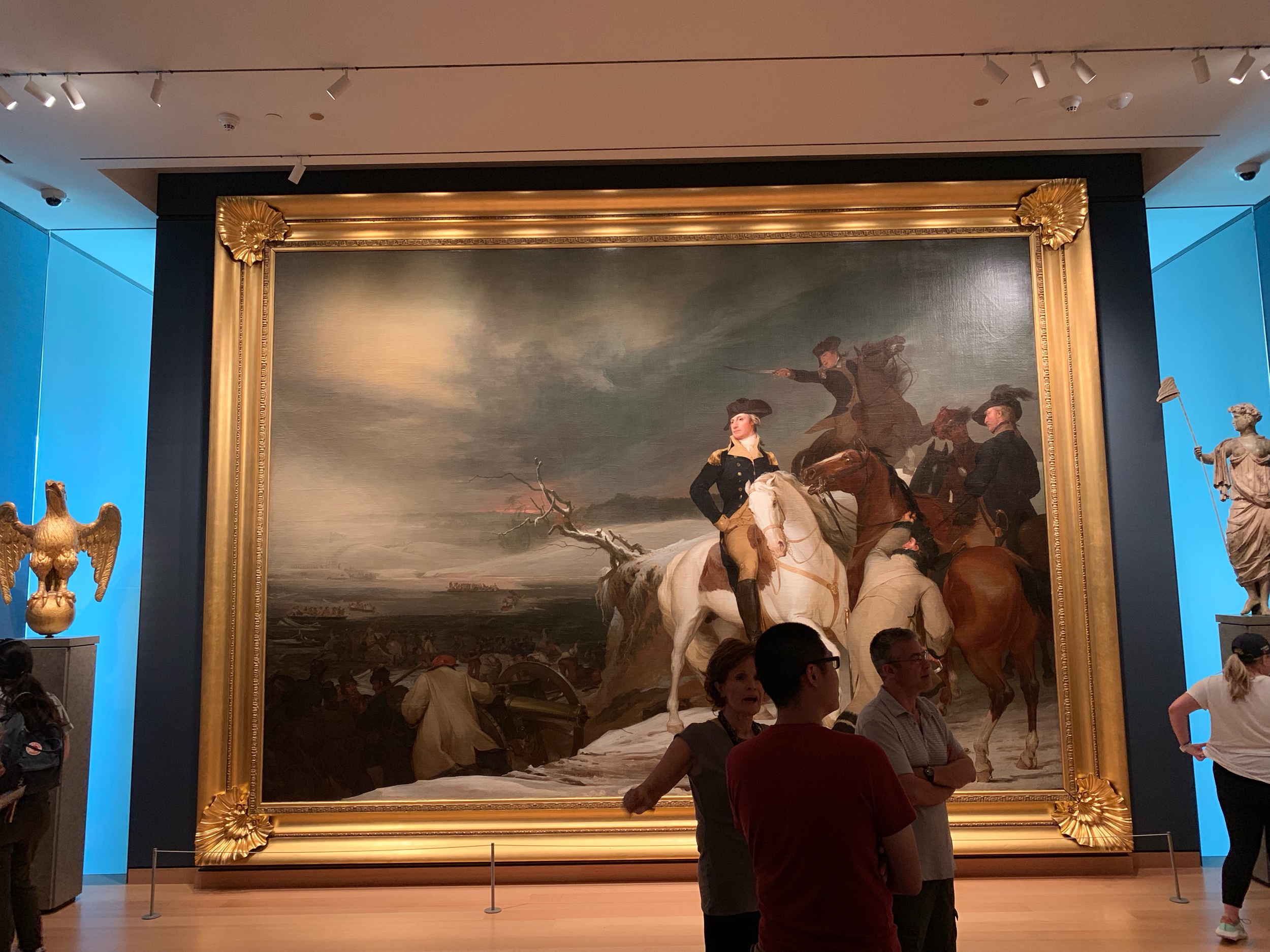Wheat Paste Photo Mural
Portraits that Honor the Men Who Participated in the 1968 Memphis Sanitation Workers Strike
https://hyperallergic.com/580505/portraits-that-honor-the-men-who-participated-in-the-1968-memphis-sanitation-workers-strike/
Since the early 20th century, photographers such as Ansel Adams and Edward Weston have adapted the Old Master painting technique of chiaroscuro, using extreme contrasts of light and dark to create powerful portraits of the natural world. Weston’s 1930 gelatin silver print “Pepper” spotlights a vegetable’s swelling forms to suggest a human figure. Adams’ 1940 gelatin silver prints “Surf Sequence” portray the rippling texture of ocean surf, melding realism and abstraction. These black and white photographs owe their formal elegance to chiaroscuro.
At MOCA, Juste’s use of chiaroscuro conveys a different kind of expressive power. Elegantly framing his subjects against solid black, he reveals closely observed details, like the sheen of their ties and crisp white shirts. His figures are fixed in a featureless space, bold sentinels to history. Viewed at a time when historic monuments elevating Confederate and colonial powers are attacked, the father and son in Juste’s photograph could be warriors carved in granite monuments as insistent responses to racist histories.
Reimagining Higher Education Through Socially Engaged Art
https://hyperallergic.com/579853/reimagining-higher-education-through-socially-engaged-art/
How can higher education be reimagined in the aftermath of Covid-19? Can teachers, students, policy makers, and the public collectively envision a new concept of formalized learning that is even better than what existed before the pandemic and its ruinous economic state of emergency? Or will we henceforth be forced to Zoom our classes online as the already fragile infrastructure of higher education is sold off, brick by brick, for privatized, corporate profit? What will it take to repair the disastrous social disorder wrought by years and years of neoliberal, winner-takes-all policies that have suddenly become visible in all their grotesque opportunism?
Why art? Because artists are frequently compelled to manage economic precariousness using skills and strategies that lead to imaginative life-preserving solutions which can ultimately play a central role in rebuilding the post-pandemic educational system.
Feedback from MAC Project Grant Proposal
The Persistence of Structural Racism in Canadian Cultural Institutions
https://hyperallergic.com/577899/the-persistence-of-structural-racism-in-canadian-cultural-institutions/
Throughout my career I have observed that those who’ve sought change and asked inconvenient questions have duly been made to feel naïve. Moneymakers are separated from “creatives,” the latter infantilized and expected to express gratitude for any hand that feeds.
Thoughts about my work
Am I really just documenting intimacy?
Is it about presence ?
Bruce Brown (Cove Street photo curator) and Michael Menchaca
Charlie Hewitt / Cove Gallery
Claudia’s book
Wonderful use of simple binding - beautiful books
Inventory presentation
Inventory - Liz & Ruth
Blue - jazz Tuesday
Miles Davis . . .
Jessica curatorial statement
Vitruvius Man
Solarize Chemigram
UBU
website with tons of arts research an web links - recommended by visiting artist Jessi Reaves (then seconded by Chris Stiegler)
Olivia Parker discussion by Rose Marasco
Rose gave a tour today through the Olivia Parker exhibit at the Peabody Essex Museum in Salem
Walking
Based off of a painting I saw at MFA Boston. I can’t remember artist name - need to find it. She was painter who had worked in photo for a while then returned to painting and the first piece she made was one where she dipped her feet in paint and walked repeatedly across canvas leaving marks. I did the same but with developer.
Boston trip with Steve
Visited MFA Boston then Harvard Museum
